|
5/27/2017 Interview with photographer Suzanne RevyAlien, 2014 © Suzanne Révy Suzanne Révy documents the preciously fleeting moments of familial life, quiet observation filters through secrets held, hours of play, imaginary creatures, shadows on the wall, favorite toys, separate domains; the world of children and the world of parents, the passing of time in the photographer's household and the resonance with her own youthful memory. "What I found particularly intriguing when watching my children" says Suzanne, "was how they could so fully immerse themselves in whatever they were doing. I remembered the ability to be so thoroughly entranced as a child myself. I wanted to find that ability again, and indeed, there were moments when I felt like a child as I photographed my two boys." Thinking about light and how it moves through the house, Révy found that color did more justice to the environment of her children as they grow older then black and white. Camera's have changed to lighter equipment as a sudden, tragic loss entered Révy's life, "I had lost a nephew, and was feeling that the heavy medium gear I was using was becoming something of a barrier to feeling present as a parent." How light holds together in a room, how color changes as a world changes, moments in time become but memories and as they unfold we know how precious they truly are. Looking back; nostalgia is packed with tender emotion. Often we are reminded of our younger, more secret selves, Révy has found a way to paint those moments in, and while they don't last long, perhaps it's the sensation of memory itself that works wonders. "That moment was fleeting," says Suzanne, "and my boys are teenagers now. They seem to have gone into their rooms, and I’m not sure when they will be coming back out." AHC: What first drew you to photography? Was there a specific moment in your life or turning point where it became clear to you that you were being called to create? Suzanne: My mother had an art studio in a space above the garage at our house when I was quite young, so I grew up watching her draw and paint as we played with play dough and coloring books. We moved and for several years, she did not have a studio. When I was in high school, however, she finally had a studio space again, and at some point, she took a photography class. She turned a small closet in a corner of her studio into a darkroom. I was never one of those kids who found drawing easy, so I took a photography class at school. I loved it, and found it far less frustrating than drawing! In the end, I think I spent more time in my mom’s darkroom than she did. Model Plane, 2005 © Suzanne Révy AHC: Could you talk some about your overall process, themes & inspirations? Suzanne: After high school, I moved to New York City to attend the Pratt Institute, and earned a BFA in photography in the early 1980’s where I was immersed in making and printing black and white photographs. After Pratt, I worked as a photography editor in magazine publishing. With the arrival of my two sons, I left publishing, and began photographing them. I rekindled my interest in black and white darkroom printing, and finally found my voice in the medium. My two sons were the main inspiration, for the work I’ve produced over the last fifteen years, but am still influenced by the teachers I had at Pratt and the stories and photographers I worked with in publishing. The Pool, 2011 © Suzanne Révy In terms of process, I use medium format film cameras. When using black and white film, I process the film and make prints in the traditional wet darkroom. The color pictures are also made with film, but I use a lab to process the film. I then make low res scans with a flat bed scanner to review the film. When I find images I want to print, then I work with a lab to make a higher resolution Imacon scans to generate archival inkjet color prints. The Boat, 2007 © Suzanne Révy AHC: In describing your series Time Let Me Play, you write, beautifully, "I listen to my sons, and I watch them, but I do not always understand their stories, myths and secrets. When I photograph children, my own and others, I use the lens of the camera, a window if you will, to seek clues to the realms they have created. I am engaged once again in child's play, if only from a distance" I wonder does the process of taking these photos, observing these almost indecipherable mysteries through the lens, take you back, in time, to your own memories of your younger, mysterious self? Are there moments when the two experiences almost seem to meet in the middle, then and now, both come to life through the artifact of the photos? Suzanne: Essentially, yes. What I found particularly intriguing when watching my children was how they could so fully immerse themselves in whatever they were doing. I remembered the ability to be so thoroughly entranced as a child myself. I wanted to find that ability again, and indeed, there were moments when I felt like a child as I photographed my two boys. Backyard Toad, 2007 © Suzanne Révy The pictures also served to emphasize the two separate worlds that existed under one roof… my two sons had their world which was quite apart from the adult world that my husband and I inhabited. I was trying to enter their imaginary realms, but in the end, I’m not sure I really revealed their particular secrets, but found a way to describe the emotional pleasure kids take in their play. Fishing Pole, 2012 © Suzanne Révy AHC: Do you prefer shooting more in black and white or in color? I've heard it said that black and white tends to remove obstructions form the viewer, that color distracts, while B&W allows you to show the viewer exactly what you want them to see, do you find this to be the case, since I know you shoot in both mediums? Suzanne: I love both, but I tend to reach for one or the other depending on how I’m feeling and seeing my subject. When my children were small we spent a lot time in the back yard or at a small lake during the warmer months of summer. We had the usual cadre of plastic toys, which I always found somewhat distracting in color images, so I reached for the black and white film more and more. In addition to the natural settings and toys I was photographing, I was becoming increasingly aware of how light illuminated their gestures or how it highlighted their hair. I began to understand that I was seeing light in a very abstract way. The black and white film suited my vision at the time. Evolution, 2007 © Suzanne Révy As the kids got older, and we were in less natural environments like the local pool or amusement parks in the summer, I found that I didn’t quite like the look of black and white in pictures I made in those places. In addition to the changing ways my kids played and explored the world, I had lost a nephew, and was feeling that the heavy medium format gear I was using was becoming something of a barrier to feeling present as a parent. On a lark, I decided to use a Holga camera one warm day in May of 2011, and opted for color film. I loved the results, and continued to use it almost exclusively for the rest of that summer, and the two summers that followed. I realized that the optics of the plastic camera and lens seemed to reflect my own feelings… I was quite grief stricken over my nephew, but pleased that my pre-teen kids were still happy to be in my company. It felt like it would be a fleeting moment with my children. These pictures form my portfolio I call “To Venerate the Simple Days”. Motel Art, 2014 © Suzanne Révy That moment was fleeting, and my boys are teenagers now. They seem to have gone into their rooms, and I’m not sure when they will be coming backout. More recently, I’ve been photographing them with the same medium format gear I used when making the black and white work. I have photographed their changing bodies, interior spaces, ubiquitous technologies. This work is also made with color film, but having spent more time photographing them inside, I found myself again, thinking about light and how it moves through the house. As they grow into their adulthood, color feels a more emotionally appropriate choice for this work. The Galaxy in the Bedroom, 2014 © Suzanne Révy AHC: Who are some of your artistic influences? Is there anyone outside of the art world whose work has impacted your own, or who just generally inspire you, writers, filmmakers, musicians etc? Suzanne: I am influenced by numerous photographers from early practitioners like Juliet Margaret Cameron and Gertrude Käsebier to mid-twentieth century masters of street photography such as Helen Levitt and Garry Winogrand to photographers who photographed their domestic sphere such as Ralph Eugene Meatyard, Emmet Gowin, Sally Mann and Larry Sultan. There are several writers whose books have influenced me, Lewis Hyde’s The Gift, Marianne Hirsch’s Family Frames, and Rebecca Solnit’s A Guide to Getting Lost have all offered ways to think about art and art making which explores the personal. More recently, I love Teju Cole’s “On Photography” column in the New York Times Magazine and always look forward to when they appear. As an avid student of the history of art, there are numerous painters or sculptors who have influenced me. It’s important, I think, for any artist to find inspiration across many arts, and I could include a long list from the history of art here, but there is an artist whose work with light has been particularly inspiring to me. James Turrell’s installations, sculptures and architecture immerse viewers in light and space that is simply sublime. Magnified, 2005 © Suzanne Révy AHC: What is the first work of art/photography you encountered that took your breath away? Suzanne: In the week of orientation before I started freshman year in art school in New York, I visited the Museum of Modern Art for the first time. This was in 1980, and Picasso’s Guernica was still on view there. I did not know where in the museum it was, and when I walked up some stairs and then walked around a corner into the gallery where it was on view, it absolutely took my breathe away. It was the first time a painting had almost literally sucker punched me. It’s a powerfully expressive piece of art, and the slides and reproductions I had seen of it in my high school art history class had not done it justice. The following year, it was moved to Spain, and I haven’t seen it since. Wonder if it would have the same impact, today? Hammock, 2012 © Suzanne Révy AHC: Are there times when you become blocked creatively? What do you do to rekindle inspiration? Suzanne: Yes! And it can put me into a bit of a panic, and I’m certain that I’ll never make another picture… let alone a good one! In 2014, I returned to school for an MFA, which had long been on my bucket list. It was a productive two years, but after graduation last year, I found it difficult to make new work, and my children have become noticeably less available. Shaving Cream, 2014 © Suzanne Révy Over the last year, I found myself using my I-phone more and more, simply making and processing images quickly, and sharing them on Instagram. It’s just good practice… like a musician, to make pictures each day. The nice thing with the phone is it’s less precious (and expensive) than film, but keeps my eyes sharp. This past spring, I finally started to make more carefully crafted film images again. I think feeding the Instagram beast helped! The Ningen, 2014 © Suzanne Révy
AHC: Do you have any upcoming exhibits or new projects you'd like to tell people about? Suzanne: Our older son is heading to Virginia to attend college in the fall, and we’re planning a road trip, which will be a good opportunity for a photography project. Not sure how that will turn out, but I’m looking forward to seeing where my picture making will take me as we hit the road this summer. As for exhibitions, I’ll have one piece in the Soho Photo Gallery National Competition in NYC in July, and in August, and two prints will be included in a show called Eclipse curated by Christopher Rauschenberg at Blue Sky Gallery in Portland, Oregon. For more visit http://suzannerevy.com http://suzannerevy.blogspot.com All images © Suzanne Révy (Provided courtesy of the artist) 5/27/2017 Poetry by Erin Lyndal MartinElegy for My Retinas Sleeping with constricted pupils, sleeping with asphalt meadows of the well-lit parking lot beyond safety glass. There are some windows that can never be opened, not when rows of lights stare, unblinking, at my crumpled form after I’m told to sleep. When they come to look at me. Every fifteen minutes my body bathed in vigilance under the guise of making sure I’m safe, making sure I’m okay, I’m okay, I’m not okay. I want to sleep and forget that two nurses strip-searched me in a supply closet, telling me to hold up my breasts for them while they jotted down my scars and asked me why I was sad. Asked me if my bowels were regular. Peeled off my shoelaces, one saying “She’s got insoles! Check her insoles!” I never got my shoelaces back. I worried I’d be punished for not sleeping, thought how they prepared syringes for me before I even got there. The needles were full of a drug I don’t take, were labeled with a note that read for severe agitation. I kept asking under what terms they’d administer them. The nurse said for when I needed relaxing, and closed up my file. Lying awake, I worried about my limbs surfacing above the scratchy sheet, worried that the injections would come. Later, at home, my pupils still constricted, I feared lights would appear if I nodded off. I feared the ghosts of nurses with syringes in my doorway, feared them taking my pens and my shampoo again. My fear took on an unbelievable wattage. Bright enough to watch myself not sleep. The Light is not holy or perfect I am not mesmerized I am just bleeding into the water I want the light to be a champagne poultice artificial stars but it comes through a door I am not allowed to open I sit and sit my tropisms fail the light says to stop crying or they’ll never let me out Gravity How does one define gravity? It’s the force that makes something fall to the ground, but scientists have it finessed much farther than that. What I am learning is that gravity affects light—news to me since light has no mass, is only pure energy. But light bends around a massive object, and the other thing I’ve learned is that gravity can break light too. I learned this from you because you told me all about it, but mostly because you could not hear the word no and I swore the light in me was falling and breaking again. Three miles from home, five dollars and no coat, it was almost sunrise. I wanted badly for there to be light. Thankfully the city bus was running, and by the time I got on with frozen shoulders, I had given up on anything dawning. I clocked the ride home. Seven minutes. I spent them trying to think of the right metaphor to describe you, your violence, and all the things I had to do to make you take the force of your body away from mine. Later I thought of how you talked about gravity, and light, and how thanks to you, I won’t be able to think about these things anymore. I will burn them with the dress I was wearing and if gravity or its memory could burn, I would burn them too. Let there be light, asshole. 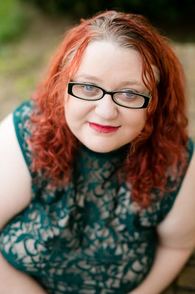 Bio: Erin Lyndal Martin is a poet, music journalist, and visual artist. Her poetry has recently appeared in Gigantic Sequins, decomP, and Cosmonauts Avenue. She's on Twitter at @erinlyndal.
Photography by Meek Zuiderwyk
"What’s the focus point?" asks Nadia Reid, "Is it to get on a big stage and have attention? Or is it this insatiable urge to write and play, write and play? You have to start from the very bottom. And be patient." That patience and perseverance has paid off in the form of Reid's second album, Preservation, where experience from roads less traveled finds relief in returning home to the ones we love. "I’ll never know what it's like on the other side of the songs that I write," says Reid, "but for me, [it] is a huge healing process... There’s this place I have to tap into. Sometimes I get there and sometimes it feels impossible. I don’t know what it is. But when I’m there, I’m present and songs tend to flow, and it all feels right." An unstoppable inner strength pours through the songs of Preservation, asking "How dark, how heavy?" if it's true that music is an anchor, than Reid's is no exception, a tried and true, durable sound that echoes inside of us, familiar terrains come to new light. AHC: What has this journey in music, so far, been like for you, the highs and the lows, and what life lessons do you feel you've picked up along the way? You've remarked that much of your current work is about strength, observation and sobriety, about being able to see the future again. Is music the great translator of these realizations for you? Nadia: Every day I feel some sort of gratitude towards the fact I am a songwriter. Some days it bowls me over, others it's just a small thought. Through releasing my second album I had to reflect on a come to realize how much music has comforted me through most of my life. As a 5 year old, I remember listening to my mum singing loudly along to Des’ree, then in high school learning the guitar, and later singing became an outlet for me. I didn’t know it at the time, but it was a therapy, it was the thing that kept me in school. To turn an experience into art has got to be the best feeling in the world. My relationship with music that moves me always involves this feeling of nostalgia or familiarity or feeling understood. I’ve never been able to explain that feeling of listening to a song by someone you don’t know, but you feel like they’ve written it for you. Writing and recording Preservation was at a time when I was getting back on feet, I was healing and learning more about my self. It was a sort of emotional growth-spurt. AHC: What first drew you to music and what was your early musical environment like growing up? Were there pivotal songs for you then that just floored you the moment you heard them? Nadia: The way I discovered the band The Be Good Tanyas was through the film Because of the Winn Dixie. I remember being floored by their voices and sound. That was an important early moment for me. AHC: Do you remember the first song that you ever wrote or played? Or that first moment when you picked up a pen and realized that you could create whole worlds just by putting it to paper? Nadia: There is this faint memory of singing one of the first songs I wrote, The Rise & Fall, to my boyfriend at the time and then I sung it to him, we were about 16, so shit was crazy, it was really late at night on the bedroom floor, and I think we were both moved by it. That’s a memory that’s stuck for me. People still ask for that song at shows sometimes and it’s like re-reading your diary from when you were 16 years old. AHC: Which musicians have you learned the most from? Or writers, artists, filmmakers, teachers/mentors etc? Nadia: I’ve grown up in a really strong musical community. When I left school I moved to Lyttelton, the port town of Christchurch. That’s when I met Ben Edwards who later would produce both of my albums. There was a band called The Eastern, who my good friend Hanna Harding (Aldous Harding) was singing in, there was Delaney Davidson, Marlon Williams, Tim Moore, and Anthonie Tonnon (from hometown Dunedin). I learned then that music has to be an obsession before anything else. I witnessed what a true artist looked like. Music has to be a daily thing I do regardless of anything else. You have to live it. That’s the focus. Writing and playing. Playing live around the world is just a bonus. AHC: What do you think makes for a good song, as you're writing and composing, is there a sudden moment when you know you've found the right mix, that perfect angle of light, so to speak? Nadia: There’s this place I have to tap in to. Sometimes I get there and sometimes it feels impossible. I don’t know what it is. But when I’m there. I’m present and songs will tend to flow, and it feels right, and often I know something will stick when I become obsessed with the lyric or phrase or song. Or I feel moved, or excited by it. I might record it on my phone and listen back as I’m walking or something like that.. AHC: You've remarked that places of newness must be where all the good stuff happens, that artists must be uncomfortable, mustn’t stay in their local environments too long, could you talk about how exposure to what we've yet to encounter, about ourselves and the unknown, helps expand the worlds inside us? Do you think that beyond artists, this might be true of us all? Nadia: From my own experience, looking back, all the best songs have come from situations where I’ve been outside of my comfort zone. When I’ve been lonely, or disappointed or confused, or filled with joy. Music aside, I think a lot of people can relate to this statement. AHC: Do you consider music to be a type of healing art, even if only partially, an imperfect vehicle through which to translate the taste of a particular feeling, a state of rupture/rapture, hope lost and regained? Does the writing and creating of the song save you in the kinds of ways that it saves us, the listener? Nadia: Absolutely. I’ll never know what its like on the other side of the songs that I write but for me, writing songs is a huge healing process. I can’t bear to think what it’d be like without this form of expression. With the music and songs that move me, often the writer has undergone some kind of pain or experience or realization, and there’s that connection, the language of music, where I feel completely understood and comforted, inspired, moved, excited… you know what I mean? That spine-tingling moment. I live for that shit. AHC: What are your fondest musical memories? In your house? In your neighborhood or town? On-tour, on-the-road? Nadia: Putting on a Judy Collins’ record and cooking dinner. AHC: Do you have any words of advice or encouragement for other musicians and singer-songwriters out there who are just starting out and trying to find their voice and their way in this world? What are the kinds of things that you tell yourself when you begin to have doubts or are struggling with the creative process? Or what kinds of things have others told you that have helped push you past moments of self doubt/creative blocks? Nadia: What’s the focus point? Is it to get on a big stage and have attention? Or is it this insatiable urge to write and play, write and play? You have to start from the very bottom. And be patient. For me, none of this was the plan, it was just the only thing I was good at, and at times it was a way to pay rent (sometimes). I see a lot of people who like the idea of being in a band but won’t go through all the hard stuff. As for self-doubt… That’s a daily thing for me, part of me feels it’s a sort of protective mechanism, saving me from becoming an asshole.. but sometimes it’s just annoying. Ask me in five years… AHC: You just released your latest album Preservation last month, could you talk some about this record, how long it took to write and record, what the binding themes of this work are for you personally? Do you have any new projects moving forward or ideas that are percolating for the future? Nadia: Preservation is the two years straight after making my first record Listen to Formation, Look for the Signs, I went through a big life change, separating from my boyfriend, moved cities. It absolutely destroyed me. Positively, I learnt a shit load about myself and had to really make peace with who I was in the world, who I wanted to be, so that’s what the album is. It’s getting back on my feet and standing a little taller. There are definitely new songs and I’m really excited about the future. "Preservation' is out now on Basin Rock - purchase here: http://www.basinrock.co.uk/nadia-reid-preservation.html Nadia is touring all through 2017 https://www.nadiareid.com/tour-dates/ 5/26/2017 Gypsy Cartography by Sergio A. OrtizGypsy Cartography Yes, my life a map tracing rivers and prairies with the poems of Lorca. A life feeding off the night songs of gypsies. I own a large house inhabited by five sisters, a blood moon illuminating the patio, streets loaded with wars I prefer to forget. The days of my life made flamenco and duende, cartography without guns glued to my head. Bio: Sergio A. Ortiz is a two-time Pushcart nominee, a four-time Best of the Web nominee, and 2016 Best of the Net nominee. 2nd place in the 2016 Ramón Ataz Annual Poetry Competition sponsored by Alaire publishing house. His poems have appeared or are forthcoming in FRIGG, Tipton Poetry Journal, Drunk Monkeys, and Bitterzeot Magazine. He is currently working on his first full-length collection of poems, Elephant Graveyard. 5/26/2017 Don't Forget The Lily by Chris MilamDon't Forget The Lily I’m at Wal-Mart because using propane as a daily anti-wrinkle serum has more appeal than simmering pinto beans for three hours. I walk through the produce area squeezing fruit because she said you’re supposed to squeeze fruit. Not too hard, not too soft. It feels improper and clichéd when my hand lingers on the pebbly flesh of a coquettish avocado. It’s only an impostor, but I falter on the inside because it instantly drags me inside that wicked one-word dystopian love poem called Lily. I move on to the canned vegetables, but my mind is still fondling the avocado. Shame floods my head for being on the familiar side of pathetic. And for violating a mutant berry. I reach for the sauerkraut because it doesn’t resemble any of her body parts. Every aisle is either a memory or confusion. The almond milk is a time machine that takes me back to breakfast and her smoothies. She insisted I eat healthier. I took mental notes when she dropped blackberries, strawberries, mangoes, kiwis and other suspicious, judgemental fruits into a blender. I said maybe we should pulverize a frozen sausage pizza instead. Her semi-legitimate laughter from that moment still lives in my gut, incubating until bedtime, when it will settle behind my rib cage like a blonde virus. I fall apart in the bread section. Whole grain. Sprouted grain. Honey wheat. Multigrain. 100% wheat. Sandwich thins. A smorgasbord of sliced question marks. I briefly think about texting her for advice, but don’t want to be that guy—the clingy, shattered half-man who sends random unwanted messages about moderately important food decisions. A loaf of white bread lands in my cart. Later, I will get intimate with carbs as an act of defiance and stuff every orifice with milled, bleached flour. In a smudged, waterless ocean, I snatch bags of frozen salmon because she said it’s all about the good fats. I skip the chip aisle because of trans fats and a future myocardial infarction. Part of me cries, the hollow, polluted part that didn’t care about vitamins, glycemic loads, or longevity before meeting her. Life was simple: cram shit in my mouth, watch tv until legally dead, read junk mail and shampoo bottles on the toilet, sleep like a koala, cram shit in my mouth. Back then, I didn’t catch fish behind glass doors. I stroll through different departments to eat some clock. She was a candle fan. Standing in front of that section, I stare and inhale and remember scents and flames and arresting silhouettes on taupe walls. I toss dozens of them in the cart. Tonight, my apartment will swell with cinnamon, vanilla, and berrylicious. But it’s all too much. Every step, every discount bin CD, every royal blue vest is like being waterboarded with gallons of hysteria. I don’t want to be in this scrapbook with fluorescent lights and worn linoleum anymore. I rush through check-out hoping the clerk doesn’t start in about the weather or her ornery grandkids who are such a handful these days. Putting the bags in the trunk, I glance at the behemoth. All I see is a nuclear winter spelled-out in Hollywood letters towering over the parking lot. I want to run back inside, sit on a lawn chair in the quinoa aisle and trespass forever. But I don’t. I drive away with one hand white-knuckling the steering wheel, the other waving like a beauty pageant contestant at her, the empty parking rectangle, the lonely cart wrangler, and the not too hard, not too soft doppelgänger avocado. 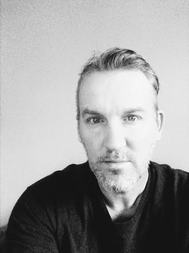 Bio: Chris Milam lives in the past. His stories have appeared in Rabble Lit, (b)OINK, The Airgonaut, Fictive Dream, and elsewhere. You can find him on Twitter @Blukris 5/25/2017 Interview with photographer Tytia HabingTytia Habing's photographs document the everyday, both ordinary and extraordinary, the images come across like poems, explorations of life unfolding, Raymond Carver like, in those small but significant moments that make up the tapestry and landscape of our hours. In Injured, Habing explores both the human body and nature's ability to self-repair/heal, "The human body’s capacity for healing is phenomenal," says Tytia, "each cell in our body is its own living unit, and cells are ceaselessly busying themselves healing and repairing. We don’t even need to think about it. It just happens." Habing's main subjects are the members of her own family, portraits in which nuance hold sway over glossy, happy, far too simplified versions of growing up. Through Tytia's lens, the complicated yet beautiful dimensions of environment, familial bonds, and time itself unfolds like a universal family album. AHC: Having come to photography later in life, I'm curious to know in what ways perhaps creativity was manifesting itself in your life before the lens of the camera became a pathway of realizing that creativity. Were you aware of an observant nature at work in yourself, in how you looked at the world, objects, people and your environment, long before photography entered your life? A sort of dormant documentarian? Tytia: I’ve always been artsy and crafty. I would sketch and draw, but could never produce exactly what I had in my mind, which I found extremely frustrating. I would build things with my hands. I did mosaics way back in the day, but again, I was never great at it and I was never satisfied with the results. I remember making insect sculptures out of coconuts and palm tree fronds when I lived in Cayman and I remember really liking those! Mostly though, I was dissatisfied with my artistic abilities, although I couldn’t have been all bad because my friends would ask me to do their art homework in high school, which of course I did because I loved art! I have a degree in landscape architecture and that definitely involves a lot of creativity, so I suppose my answer is, I’ve expressed creativity in my life in a multitude of ways, and I’ve always been very observant. I’m an introvert through and through and introverts are known to sit back, be quiet and just observe, and I do. It’s one of my favorite things. I believe everyone is creative. Most people say they’re not, but they are. They just don’t realize it. You can be in any sort of field and be creative. Chefs, gardeners, accountants, teachers, nurses, carpenters, therapists, anything and everything involves creativity. You don’t have to be in the arts to be creative. My brother is a farmer and he could be the most creative person I know. He can look at any problem and figure out a creative way to fix it. It blows my mind. Not sure if I answered your question. I think I went off on a tangent! AHC: Could you talk some about your overall process, themes & inspirations? Tytia: My process is extremely simple. I try and have my camera on hand as much as possible and if the light is beautiful and something catches my eye, I’ll photograph it. In a nutshell, that’s my process. As far as themes and inspirations, those too are also fairly simplistic. My family and loved ones and nature are what inspire me, and also what I photograph. Planning photo shoots, thinking about what to shoot, how to shoot, when to shoot, etc. is actually stressful to me. I like to keep it very laid back and shoot when I feel inspired. I started doing this out of the sheer love for it and I don’t see any need to complicate things. AHC: Who are some of your artistic influences? Is there anyone outside of the art & photography world whose work has impacted your own, or who just generally inspire you, writers, filmmakers, musicians etc? Tytia: When I first started photography nearly twenty years ago, I was mostly learning on my own with no formal education in it, so I never learned much about the history of photography or about noteworthy photographers. To be completely honest, I still don’t know a ton about either of those things, so I was never really all that influenced by other photographers. I see loads and loads of work that I’m smitten with on a daily basis now, but I was lucky that I was able to develop who I was as a photographer before the digital age. I was able to figure myself out without being too influenced by others. I’m definitely inspired by others outside of art and photography. I always have music playing. I always thought once you got a little older that the volume you liked to listen to music at would get lower, but apparently that hasn’t kicked in for me yet. I still love playing music as loud as I can get away with. A few of my favorite musicians and bands are Eddie Vedder/Pearl Jam, Debbie Harry/Blondie, The Head and the Heart, Prince, Beastie Boys, and pretty much any 80’s music. I could list hundreds of bands and musicians I love. I’m also a movie fanatic! I love movies. Love them! My favorite director by a long shot is Wes Anderson. He’s brilliant. I love to read too, but as of late, I feel like I’m too busy reading all the ghastly news to have any time to read an actual book. I should really change that though. I miss reading a good book. AHC: In your series Injured, you've taken up what you describe as your lifelong fascination and appreciation of our bodies' ability to repair itself, could talk some about this and how you see its extension into nature/plant life playing out? Tytia: Nature really is a wondrous thing and I think most of us take it for granted. It’s something we experience everyday so it seems mundane. If you really think about it though, the world is a magical, wondrous place. The healing of the body is just one of many, many things I find completely fascinating. The human body’s capacity for healing is phenomenal. Each cell in our body is its own living unit, and cells are ceaselessly busying themselves healing and repairing. We don’t even need to think about it. It just happens. If we’re cut, the blood vessels at the site contract and slow the bleeding, and a whole elaborate process of healing begins. Healing isn’t confined to injuries either. Damaged and destroyed cells are constantly being replaced by healthy ones all day, every day. I could go on and on about this but you probably get the picture. I wish I would’ve studied biology more in my educational past! Self healing and regeneration certainly isn’t just for animal species. Plants and nature itself self heals as well. If a tree branch is cut or wounded in some way, it will cover the injured part in wound tissue. Or if an insect burrows into a tree, a lot of times the tree will put a growth around the damaged area to contain it, so I guess plant life seals off damage more than it heals itself but it’s still completely amazing. AHC: You've described shooting in black and white as a way of removing distractions for the viewer, of distilling what you see through the lens in a much clearer way than color allows. I'm curious about this, in part because color is how we experience the world, why is the camera unable to translate it as well as our eye does through color? Is the mechanics of black and white film/photography just better suited to bringing all those elements sharply together? Have you ever shot in color? Tytia: I’m not sure a camera will ever be able to translate exactly how or what we see in as much detail or depth. All of our other senses are involved in how we see the world and experience it, and a photograph can never live up to that. If we can’t see and experience it ourselves though, the next best thing is a photograph! Some photographers do color amazingly. Aline Smithson is one. She’s an absolute master at color. The palette of colors she uses for her photographs is perfection. I don’t have a great grasp on how to get color to do what I want it to in a photograph. I think great color photography is much harder than black and white. Just as my attempts at painting and drawing fell short, so does my color work. Luckily I gravitate towards black and white anyway. That’s what I originally learned to do in the darkroom and I’m a creature of habit, so it’s stuck with me all these years. I shoot digital now and have for many years now, so I’m always converting color images to black and white. I particularly enjoy black and white because I find it much easier to lead the eye where I want it to go, with the lighting I utilize and with editing afterwards. I’m not sure if black and white is better suited than color, but black and white is my preferred medium to work in. AHC: Much of your work is documentary in nature, do you prefer to photograph things as they are, or have you also staged a few shots beforehand? Also, along these lines I wonder what your thoughts are on photographers who rely heavily on Photoshop to alter their work, do you think that something is lost by this technique? Tytia: Yes, I do prefer things as they are. With the way I work and my subject matter, staging really doesn’t work for me. That’s not to say I won’t do it in the future and I suppose a few of my images from The Gift were staged, but they were spur of the moment staged, if that makes any sense. As far as your question about Photoshop, I don’t necessarily think a photograph loses something with the use of Photoshop, it’s just a different genre of photography. There are some really fantastic photographers out there using Photoshop in beautiful ways. Two that come to mind at the moment are Carol Erb and Tami Bone. AHC: What is the first work of art/photography you encountered that took your breath away? Tytia: A couple years after I got into photography and while I was living in Cayman, I had a roommate that had gone back to Canada to visit his family. When he returned, he brought Sally Mann’s book, Immediate Family, back as a gift for me. He said some of my photos reminded him of her work and thought I might like it. I loved it! It definitely took my breath away and I still feel exactly the same about her work now. Not only that, I think she’s a fascinating person. I first got to see an original print of hers at the Sheldon Museum in Lincoln, Nebraska a couple years ago. It was Candy Cigarette, and it was gorgeous! AHC: Are there times when you become blocked creatively? What do you do to rekindle inspiration? Tytia: I definitely have peaks and valleys, but I think that’s a normal process for creatives. I think it’s less about being blocked creatively and more about being too busy doing things other than my personal photography work. I do portrait and corporate work for clients as well, and even promoting my previous personal projects is a job all its own and it leaves me little time to do what I genuinely love, which is my own art. It’s not something that worries me though. I have to pay the bills so it’s a necessary evil. I always get back around to it eventually. AHC: Do you have any upcoming exhibits or new projects you'd like to tell people about? Tytia: I have a solo show of my project Tharin coming up this fall at Workspace Gallery in Lincoln, Nebraska. As far as new projects, I’ve recently started a project on the theme of Divinity. I’m not a believer in any formal religion even though I was raised Catholic, but that’s not to say I don’t believe there’s more to us, the world, and the universe than meets the eye. 5/25/2017 Poetry by Eilidh G ClarkI Knew You Were Weary I knew you were weary. I saw Bold, Black words repeated. Graphited On a hundred walls. I scrolled Past your weeping lines, ignoring The beats. Broken sighs, dripping Dripping morbidly into saturated Sentences. I knew you were trapped; Bouncing madness inside your own Head. Half alive, half way dead – Hanging Tap, tap. I knew it, yet I paused I paused. Liking your profile shot, A ricocheting lie – a knot. My conscientious mind Wrought, wrung, tangled in a world-wide web; I searched and found a better you, impressed, Pressed on the back of my eyelids. I never heard you scream your final scream. Funeral Parlour They dressed you up like Christmas day. A faux Silk blouse with ruffled trim – garnet red. Black Pressed polyester trousers with an elastic waist, The comfy yins. But the shoes, the shoes were wrong. Unworn kitten heels – black. The yins ye bought Fi Marks and Sparks that rubbed yer bunions. They dressed you up like Christmas day and put you on display. Painted Your face back to life, with tinted rouge and peach lipstick that puckered Like melted wax, concealing your smile, Your tea stained teeth. They put you on display – Dead Cold. Jon brought you a school picture of your grandson Jack; slipped it under your pillow Then squeezed a private letter into your clenched right hand. I Gave you a card. A pink one with a rose. I placed it beside your left hand – sealed Happy Mother's Day Mum They put you on display, dressed you up like it was Christmas day but without Your love heart locket, your gold embossed wishbone ring. Those damn sentimental things that might hold tiny particles of skin, Fragments of last week - lingering in the grooves. Letting the outside in I’m Letting the Outside In. The double glazing is stained with winter splatter. Porridge is cooling in a retro bowl and my bare feet - Baking from the heat of a sun kissed puppy Who is baking on a vertically striped carpet. There is a reek of yesterday’s shenanigans at the burn Wafting from tartan collars and the air feels. Music through rib Ripples my cage There’s washing hanging, half-arsed, on radiators While a new load spins in the machine. The sagging rope in the back garden Is empty. Waiting for the weight of winter warmers Honestly soaked, to be nipped with plastic tipped pegs and a satisfying sigh. I’m letting the outside in. Three squirrels scurry along the naked trees across the way. And me I'm resisting the need to weed the garden I’m letting the outside in. Bio: Eilidh G Clark is a writer and poet living in Stirling, Scotland. She graduated from university last year, at the age of 44 with a BA Hons in English Literature. Eilidh is currently studying an MLitt in Creative Writing at the University of Stirling and is working on her Memoir. Equilibrium Academy Neel stuck his hand beneath the dispenser. It hummed and a milky glop, slick like pond scum, fell into his palm. His hair looked bright on top, almost translucent, but near the roots it darkened into a pale, swampy green. It looked like the perfect place for a caterpillar to spin its cocoon. It also looked terrible. His parents, both cardiologists, forbid the bleaching of his hair but they’d forbid many things before. A teenager’s arrogance is boundless, Neel’s guidance counselor told them. Shaking the goo in his cupped palm, tiny orbs that looked like minerals or perhaps crystals from a forgotten galaxy floated to the top, giving him the most minute reflection of himself that he'd ever seen. They had found Neel draped beneath a layer of sprinkled tobacco and toilet paper on the floor of their bath room. They accosted him, told him that he debased himself on a daily basis, but the noises they made were muffled in Neel’s ears; his hangover deterred the concept of having a rational conversation. No one was in the waiting room. Neel sipped the liquid out of his hands. The back of his throat burned and his stomach rejected what he'd just swallowed. But he knew how to suppress his gag reflex. Months later they found him passed out on the steps outside their home, saliva slipping out of his mouth and onto the brick walkway. Only two weeks earlier he’d overdosed on cough syrup, which his parents hadn’t believed was possible. In the hospital he vomited the majority of it back up. Soupy green garbage. Neel swam in it as his leg twitched on the gurney. They sent him to Equilibrium Academy when he was sixteen. They hired two men to wake him in the middle of the night and escort him to their van. Neel, his pale brown skin illuminated against his white comforter, woke to the sound of his doorknob twisting. He stood and grabbed a small switch blade he kept hidden under his mattress, but at the sight of the two men, gargantuan in size, he released the blade and it nicked his calf on its way to the floor. He shoved his hand underneath the dispenser once more, threw back another shot. His parents didn’t acknowledge him in the foyer as the men wrestled him out the front door. Down the walkway in his pajamas, Neel cursed the two men and his unloving parents. His parents closed the door once they saw he’d made it safely into the van. Two more handfuls, he told himself. Two more and then one more to top it off. An upper classman greeted Neel on the outskirts of Equilibrium Academy Academy on his first day. Skinny, dressed head to toe in cream-colored clothing, he escorted Neel to the areas of the campus he’d soon become familiar with: a one-room library with what was deemed appropriate reading material, a draconian brick building where his group therapy would be held, the wooden one-story, 3-bedroom lodge that would be his dormitory, and the windowless shack better know as the Education Hall. When Neel asked how long he had been at Equilibrium Academy, the boy sat on a rocking chair outside the dorm, kicked his feet onto the wooden guardrail, gestured with an open palm for Neel to sit next to him, and said, “10 months to the day.” And then one more to top it off. Equilibrium Academy was nestled in the middle of a canyon in Northern Arizona. No other school for miles, hardly a rest stop either. Like being marooned on an island, the boy remarked. He fell into a deep squat with his arms thrust over his head. Through his fingertips, he could hear his pulse rattling through his body, and his head began to swim. His parents wrote him a letter before he left. It lay face up on his cot in his room when he arrived. He tore it open, recognized their handwriting, and stuffed it in his bedside drawer. Slowly, over the course of fifteen minutes, the walls of the hallway shifted and looked like the contents of a witch's cauldron. His shoulders slumped down, relaxed. He put his body weight against the wall and slid to the floor. Neel kept the letter in his bedside table. From September to November he chose not to read it; he was trying to develop a new life, so he didn’t want to be reminded of home. It was only when his cravings got bad, when he’d rubbed the pads of his fingers together so much that he worried his fingerprints might wear down to nothing, that he read it. It was a well-kept secret among the students that the hand sanitizer wasn't alcohol-free. The staff members simply assumed it was. It had to be. The letter was written with a fountain pen and the ink leaked through the page. It said Neel. And then it said Never forget how much we love you. And then Neel put it down and left his room. Sitting on the floor, he again put his palm under the motion detector of the dispenser. He imagined himself looking like the old drunk slamming on the bar for another shot, the same downward-sloped face, averting eyes, rounded posture. A classroom door flew open and a class of twelve students poured out. Out of his dorm and into the desert sun, Neel rushed into the Education Hall. He marched himself right up to the Purell dispenser and held himself there for a moment, locking eyes with the colorful calligraphy on the machine, before placing his hand beneath. Later, when asked by the dean of Equilibrium Academy, Neel told the man that he didn't know why he did it, but he knew that he wanted to go home. Bio: Benjamin Selesnick is a student at Northeastern University, where he studies English, Creative Writing, and Theology. His work has appeared in Literary Orphans, Spectrum, and The Cantabrigian. To know that what we do matters, that is both the challenge and the challenge's calling. With a sound almost woven out of the earth, Martha Reich sings from the brittle openings of the heart. To hear one must listen, beyond receiving; absorbing. Some music is better suited than others to work on such deep fronts, Reich's songs are certainly up to that task. "When I listen and follow my heart," Martha says, "I never go wrong or get lost." To take in the art that comes from such a place opens up our lives in ways that are impossible to measure but so important to hold onto. As Reich says; "Don't give up what's in your heart to do." "Sow more seeds," instead. AHC: What has this journey in music, so far, been like for you, the highs and the lows, and what life lessons do you feel you've picked up along the way? Martha: I started playing the guitar when I was 9 years old, and wrote poetry when I was around 13 years old. I didn't receive very much encouragement early on, so I focused my creative energies on the visual arts. I attended Parsons School of Design and Philadelphia College of Art, yet never attended music school but for a year of classical lessons. I used to play in the stairwells at College, thinking no one could hear me. At one point when I was in High School, I picked up the guitar after not playing it for about a year. I was so scared I'd forgotten everything I learned, that I vowed to play the guitar everyday from that time forward. Music has been my constant companion, confident and teacher. It never leaves me and we have become best of friends. Music has been my therapy and my savior. It has been my opportunity to express what I truly need to say, providing I have the courage to say it. Music is my voice when I'm too frightened to speak up. Comparison has been my greatest downfall. Fortunately, I'm reminded that everyone has their own gifts to share, and only I can share mine in the way I do. When I listen and follow my heart, I never go wrong or get lost. It may not be obvious in every moment, yet it has been reflected back to me from people who have experienced my music, that I'm doing what I'm suppose to be doing and in exactly the way I'm doing it. I've been told that my music has opened their hearts. I'm grateful to have received several awards, including a Silver Medal in the 2016 Global Music Awards, winner in the 2015 Southwest Independent Music Awards for Best Album and Folk Song, and winner for Best Folk song in the 2014 New Mexico Music Awards. "GOD'S EYES" and "I'D RATHER BE SURPRISED" received nominations in the 2016 Hollywood Music in Media Awards. I may not sell a million albums, yet this is only one definition of success. I've wanted to quit playing music publicly on a few occasions, and then received feedback to not throw in the towel. I was actually contemplating just that, when I was invited to do this interview. It makes me wonder, perhaps the universe is speaking to me, and it's just my responsibility to listen. AHC: What first drew you to music and what was your early musical environment like growing up? Were there pivotal songs for you then that just floored you the moment you heard them? Martha: I used to play air guitar at the kitchen table. I'm really not sure why. But I really wanted to learn. My parents gave me a steel string Wurlitzer guitar and classical lessons for a year. In high school I'd lie on my bed and listen to records and dance to them in the living room. I loved the magic that Elton John and Bernie Taupin created, and imagined myself in the stories they depicted with their music. It was my escape. I specifically loved "Tiny Dancer" and "Your Song". I would sway to Frank Sinatra and stare at the album covers and read the lyrics forever. I loved the song "Thumbelina Dance". I still remember the green checked dress I wore when I danced to that song. I loved Jim Croce, Bread and the Beatles (The White Album). My first public performance was playing "Maybe I'm Amazed" by Paul McCartney on the electric guitar. I was a child of 70's and I'm not sure if I ever left. Eventually in my twenties, I would go to Coffee House performances by Singer Songwriters in the Boston area, and they inspired me to write my own songs. My initiation to performing was singing my songs at open Mics. It was a frightening experience back then, yet something inside me pushed me to continue. No one in my immediate family played an instrument (except my father played the Bugle in the Navy), yet somehow it got into my blood to write and play the guitar. My mom took me to my first Elton John concert at Madison Square Garden. My interest in art began when I did pencil drawings of Elton John and Billy Joel. On my first trip to Europe I heard and saw street musicians play classical songs on the cello and violin. I'll never forgot how beautiful they sounded, and I still have their cassette tape. Later on I made abstract life sized sculptures of those musicians. AHC: Do you remember the first song that you ever wrote or played? Or that first moment when you picked up a pen and realized that you could create whole worlds just by putting it to paper? Martha: I do remember the first song I ever wrote. It was sort of a children's song. It was called "No Lazy Feet Around". I walk along my way on such a sunny day. The mothers are whacking the ducklings are quacking No lazy, no lazy feet around... The first song I ever wrote which was the most meaningful, was after my father died 22 years ago. I said everything I wanted to say that I couldn't say to anyone face to face. AHC: Which musicians have you learned the most from? Or writers, artists, filmmakers, teachers/mentors etc? Was there a single, seminal influence, whether artist, poet or musician, who first opened up the creative possibilities in you, perhaps more than any other? Someone whose work you could not imagine yourself living without? Martha: Elton John, Bernie Taupin, The Beatles, Cat Stevens, Patty Griffin, Suzanne Vega, Joni Mitchell, Marc Chagall, Georgia O'Keeffe, Vincent Van Gogh, Clarissa Pinkola Estés, Buddhism, Native American Culture, the films "Harold and Maude", "The Sound of Music", "Breakfast at Tiffany's" and "Everything is Illuminated". AHC: What do you think makes for a good song, as you're writing and composing, is there a sudden moment when you know you've found the right mix, that perfect angle of light, so to speak? Martha: I know the song I'm working on is good, when I start crying in the process of writing it. AHC: Do you consider music to be a type of healing/reparative art, an imperfect vehicle through which to translate a feeling, states of rupture/rapture, hope lost and regained? Does the writing and creating of the song save you in the kinds of ways that it saves us, the listener? Although music and art can perhaps never totally right for us what feels wrong, do you have the sense that who you are now may have been completely different if not for the ability to channel it into song? Martha: Yes, absolutely. AHC: What are your fondest musical memories? In your house? In your neighborhood or town? On-tour, on-the-road? Martha: One of my fondest moments was playing a Concert at The River Bend Hot Springs, in Truth or Consequences, NM. I was performing with Cellist Michael Kott. We were by the river under the stars and the moon. Another precious memory was the day I met my husband. I was playing music at Annapurna Restaurant in Santa Fe, NM. We met and spoke during the break. Not long after we fell in love. The rest is a beautiful history still unfolding. And the third magical moment was when my mom listened to my album "Evidence of Life" for the first time. She said it was perfect. AHC: When you set out to write a song, how much does 'where the world is' in its current moment, culturally, politically, otherwise, influence the kinds of stories you set out to tell? Martha: Where the world is certainly has an impact on my story telling and song writing. This is most evident in my song "GOD'S EYES" and "BLUE PRINT". Often what is happening in the world at large translates to what is happening for one individual as well. AHC: Do you have any words of advice or encouragement for other musicians and singer-songwriters out there who are just starting out and trying to find their voice and their way in this world? What are the kinds of things that you tell yourself when you begin to have doubts or are struggling with the creative process? Or what kinds of things have others told you that have helped push you past moments of self doubt/creative blocks? Martha: Don't give up what's in your heart to do. It's important for me to be as honest as I can while writing and performing music. At times when I feel a creative block or discouraged, I give myself permission and the time to digest things. I find going for walks and being in nature are very helpful for my creative process. I've wanted to give up in the past, and a friend reminded me that Vincent Van Gogh was not truly appreciated until he was gone. Another friend suggested that the audience is on my/your side. They want you to be good. AHC: Do you have any new projects in the works you'd like to mention? Martha: I'm working on a new album. So far I've recorded 5 songs. The theme pertains to what goes on beneath the surface of humanity and nature. I'm releasing a single from that album on May, 25th called "THE RIVER". You can find it on www.marthareich.bandcamp.com and soon on CDbaby and itunes. Also prereleased on https://www.standingoproject.com/album/the-river/ For more visit www.marthareich.com 5/24/2017 Poetry by Joe BisicchiaWanting Right on Red At next intersection I stop to wait yet again. To the left I see the pump of the gas station, the hearse stomaching its fill, backdropped by the retention pond of piranha. Here I am, yes, stopped yet again, blood draining like drives of days and the long waits as if I am made, and made again rigor mortis over and over, no end. And then a flatbed truck of trees, Birnam Landscaping, makes the opposing green my left to right. Are we all on our way to Dunsinane? Are we all running from the dead? There is not much escaping, even in the waiting. Tomorrow, tomorrow, I shall plant red roses. But, now, now, I feel the blood rush from my whitened knuckles on the wheel, and listen to hear myself breathe. Stuck at a Really Long Red Light Sometimes seems we’re stuck at a stop forever. Yet, can still dream. So it is, we can see forever by just being at rest and maybe forever is much more than the eventual green. Seems that a man’s ties, often times, in shades of the same color can clash, while those of different palette can handsomely contrast. Lots to see in that. We all may want to box things up in a perfect easy to follow erudite bow. Rabbit, run-- alliteration. Clock as a silent Samurai suddenly spinning swords—personification, with alliteration. But Time passes and it can be wordless for even an English teacher. See, this is the thing. Even this thingamabob, thingumajig, commodity of sorts, this apparatus, contrivance, this configuration, oddity of last resorts, this mechanism of great means, this tool, this reservoir in reams, this beloved belonging, this everything in a way that is yet just another awesome thesaurus in the glove compartment of my mind, can’t properly define time. Unlike the dinosaur, the rat, a connoisseur of sewers will figure a way to last simply by just being a rat, nimble and fast, and willing to be in places everyone else runs from fast. Time similarly moves. Bide time. Wait. But don’t think it’ll stand still. When it seems to, well, it’s only waiting to test your will. A temporary disguise. Time is that way wise, at the gate, like a rodeo bull. Then arrrummpph-arumph-rumph! So it goes, this life everyone knows. When it comes down to it, though, not really quite sure what it all may mean. Time to go. Light has finally turned green. Parkway Hope you open my heart like a car and drive us so very far but never leave home. Ever since Adam moved about naming, so do we. And it is not so much for simplifying like left or right, south or east. It is for magnifying, so that this design for the world might drive meaning. And we move, more than just a Mustang, or a Barracuda, or a Colt. A world moves. Seems this latest conveyance, which has been made to keep pace, now honors the maker in evidence just the same, even if forgotten as a name, from Ford to Buick to Chevrolet, and on. So much is forgotten. Hope you open my heart like a car, and know my maker. Know my start. And then, regarding all names may they not eventually dissipate every nameless me to every nameless you, but rather may we share the way and know it not so much as what we are, but who. Bio: Joe Bisicchia writes of our shared dynamic. An Honorable Mention recipient for the Fernando Rielo XXXII World Prize for Mystical Poetry, his works have appeared in various publications. His website is www.widewide.world. |
AuthorWrite something about yourself. No need to be fancy, just an overview. Archives
April 2024
Categories |
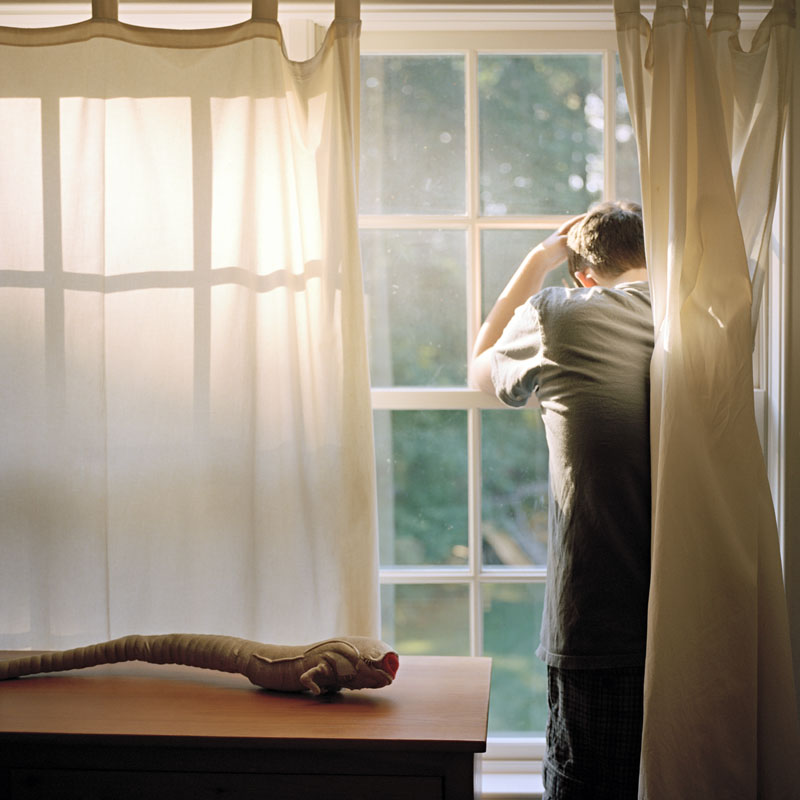
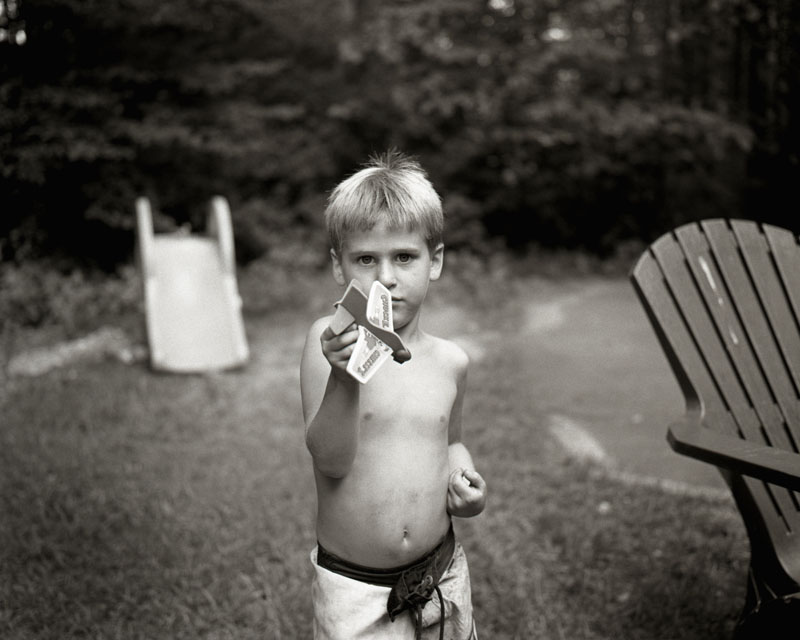
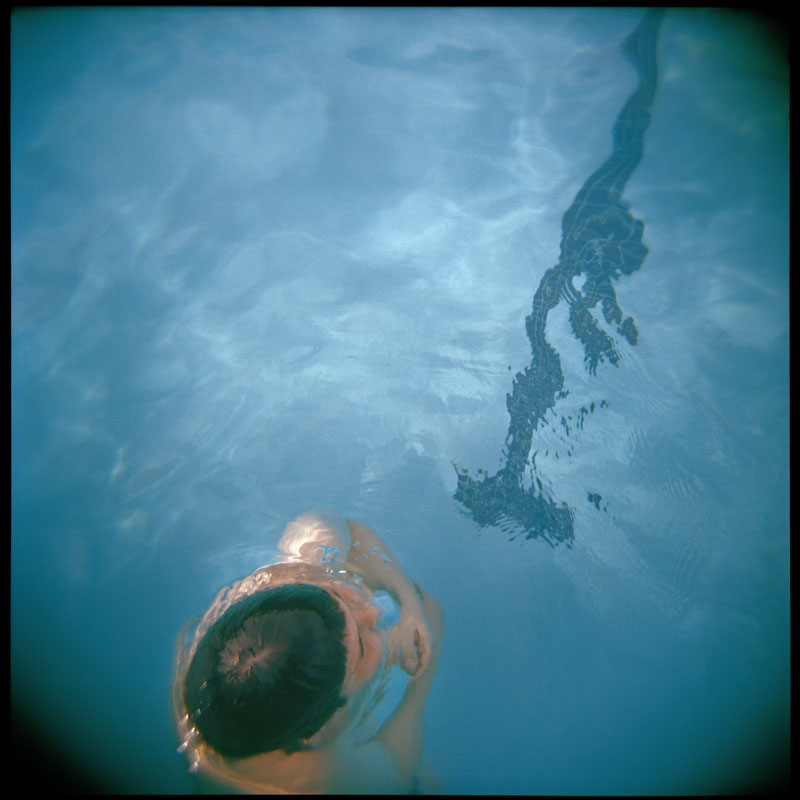
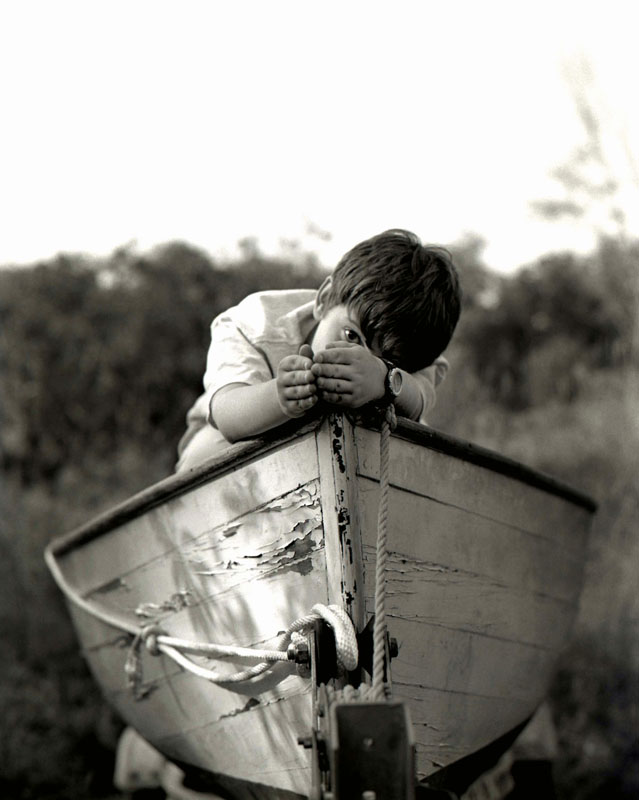
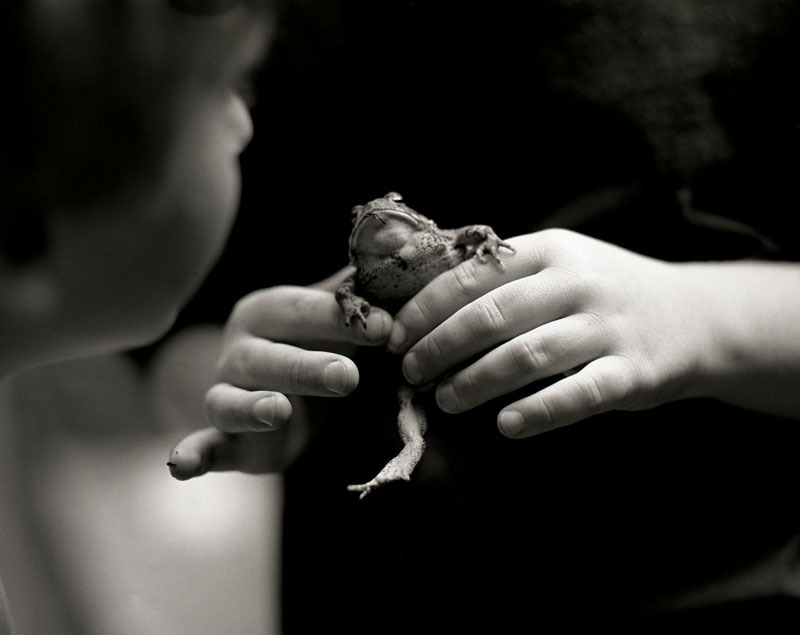

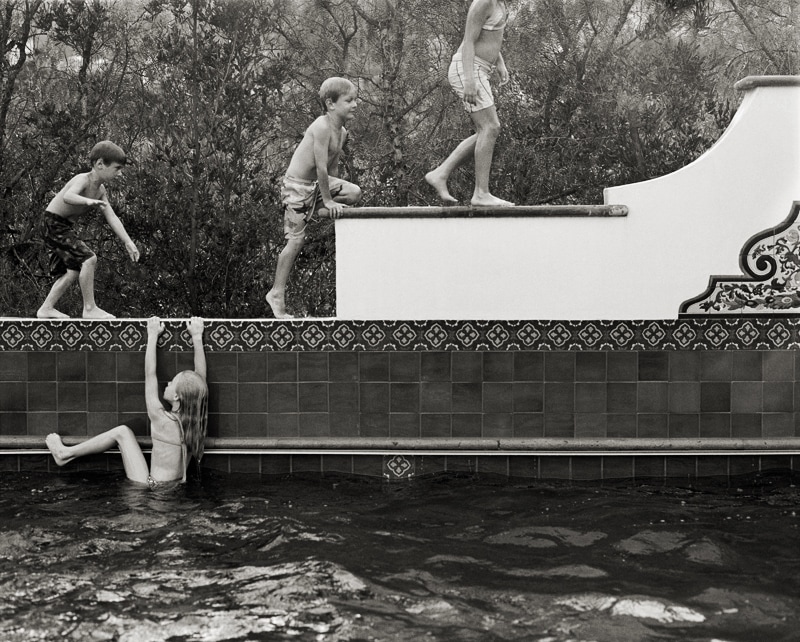
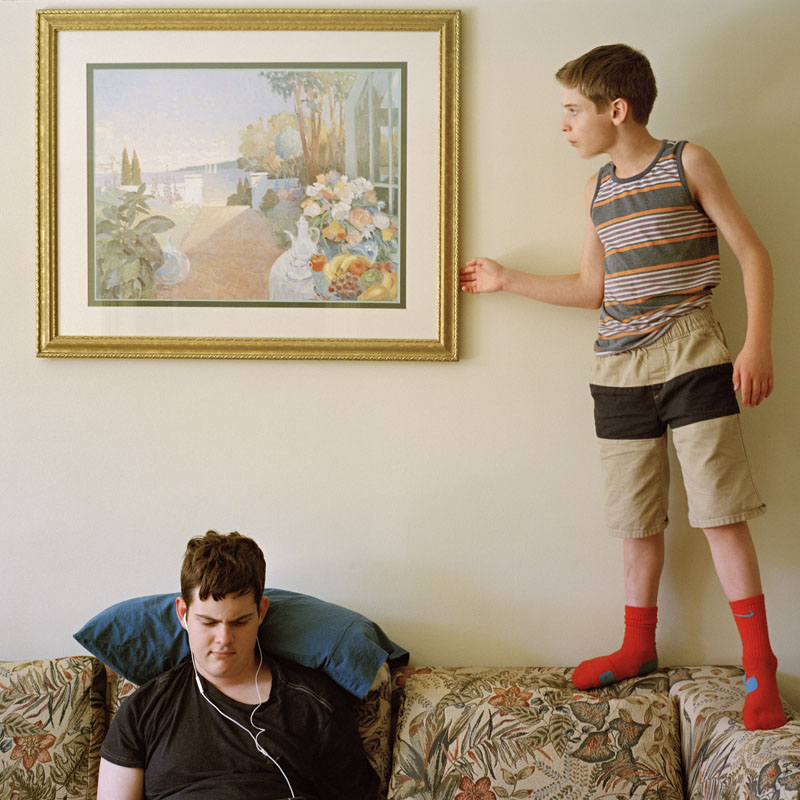
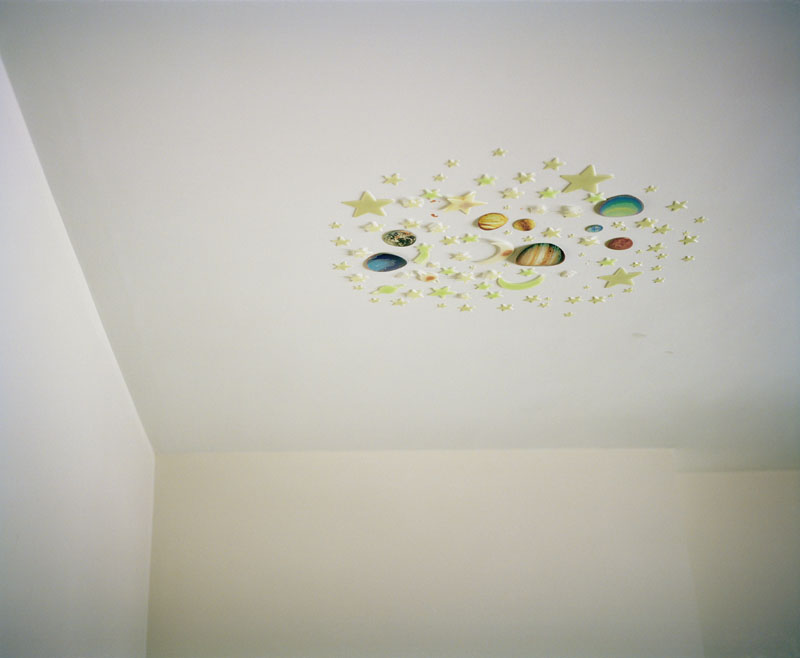
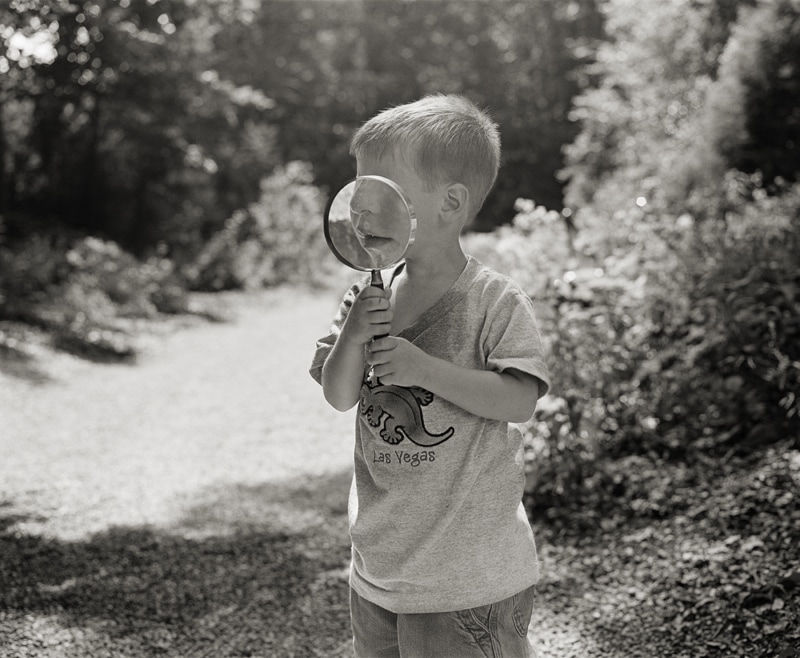
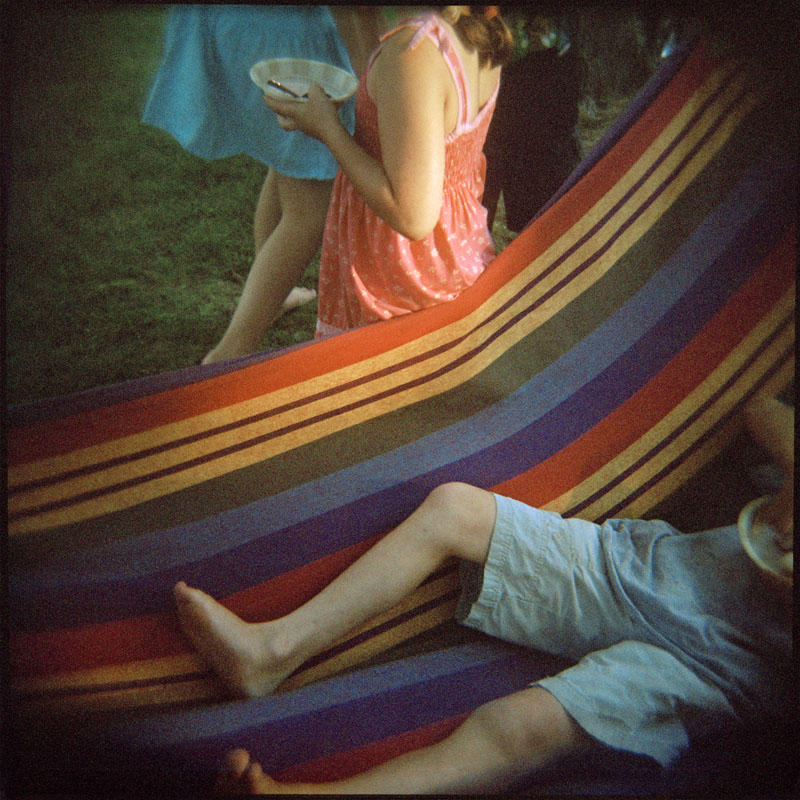
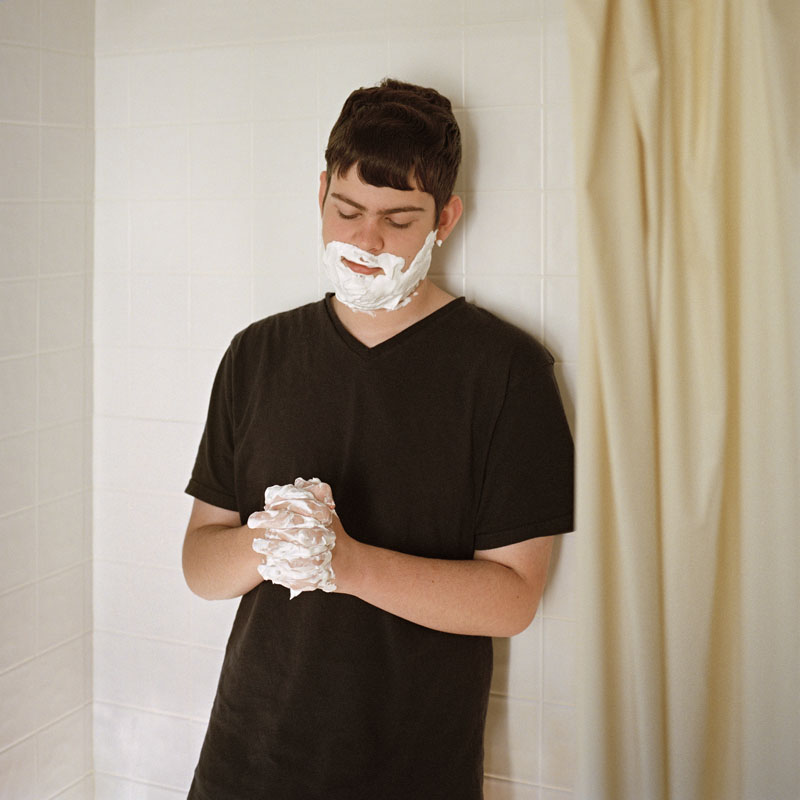
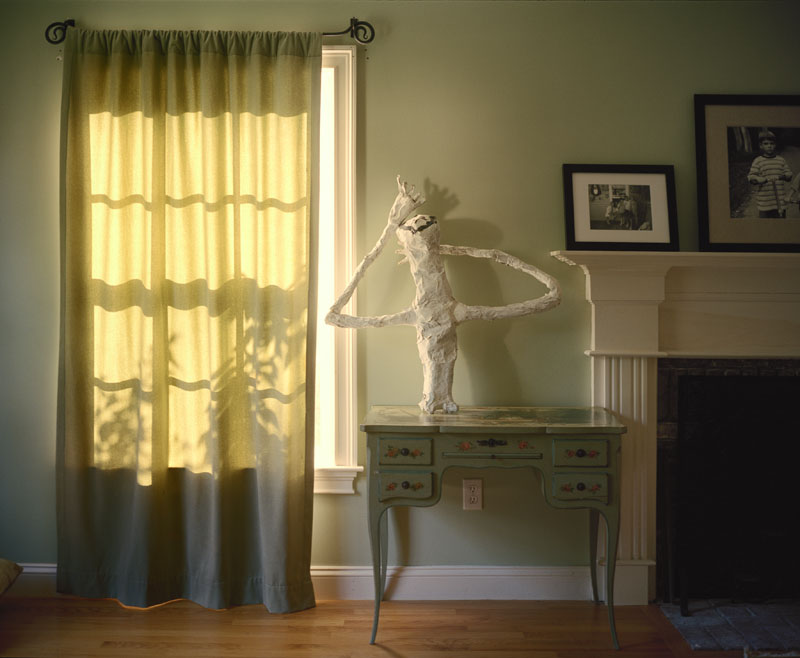
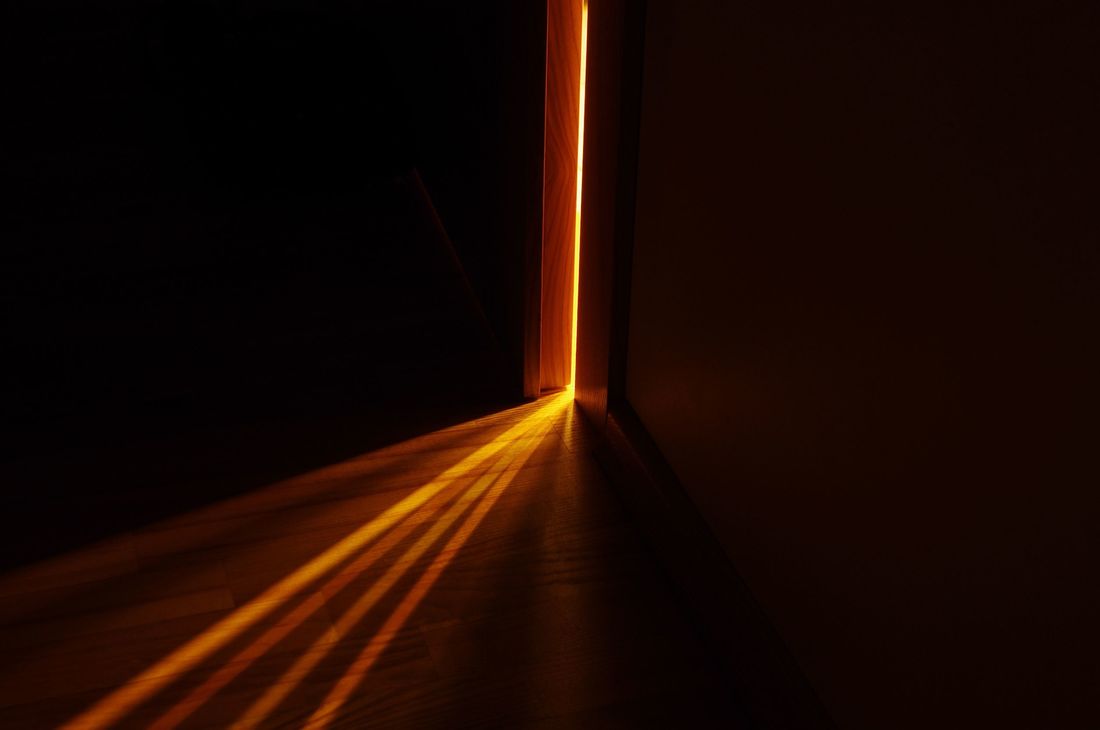
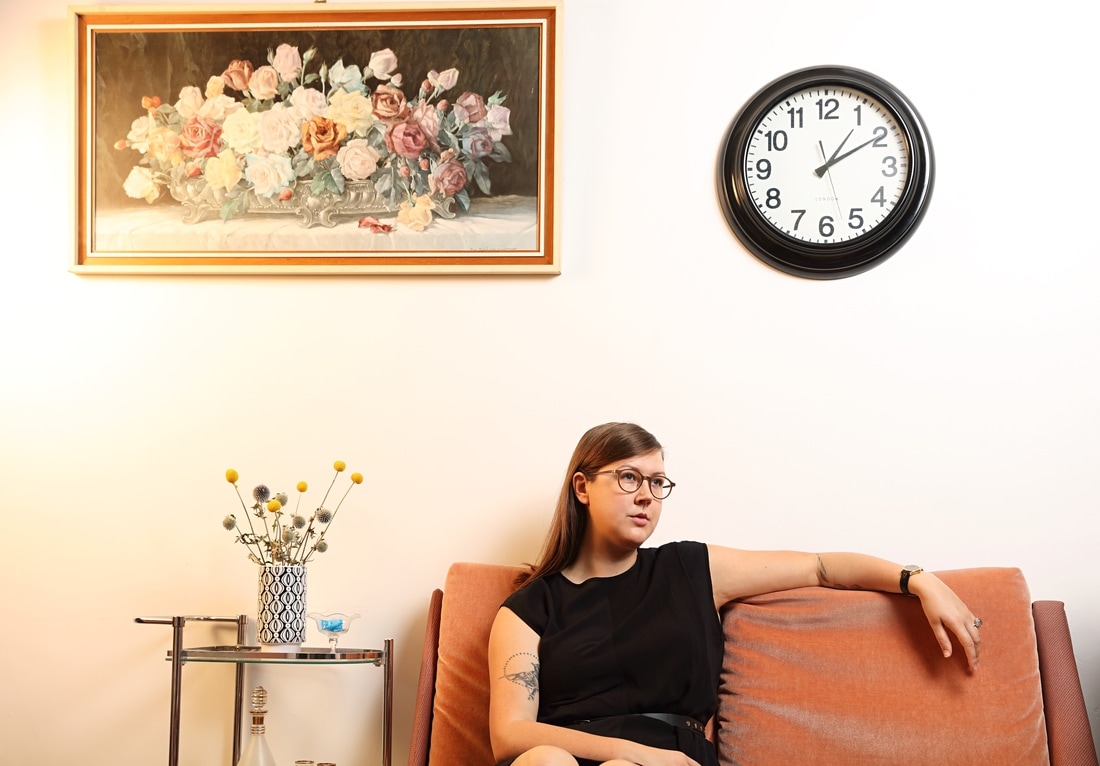
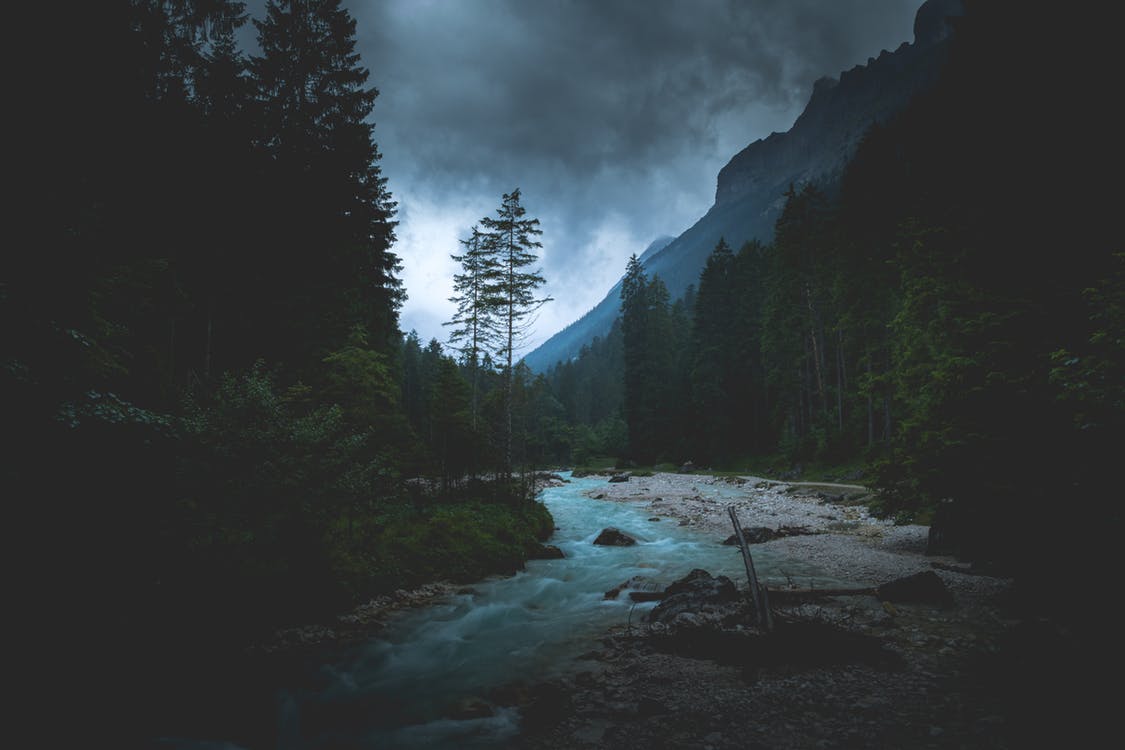
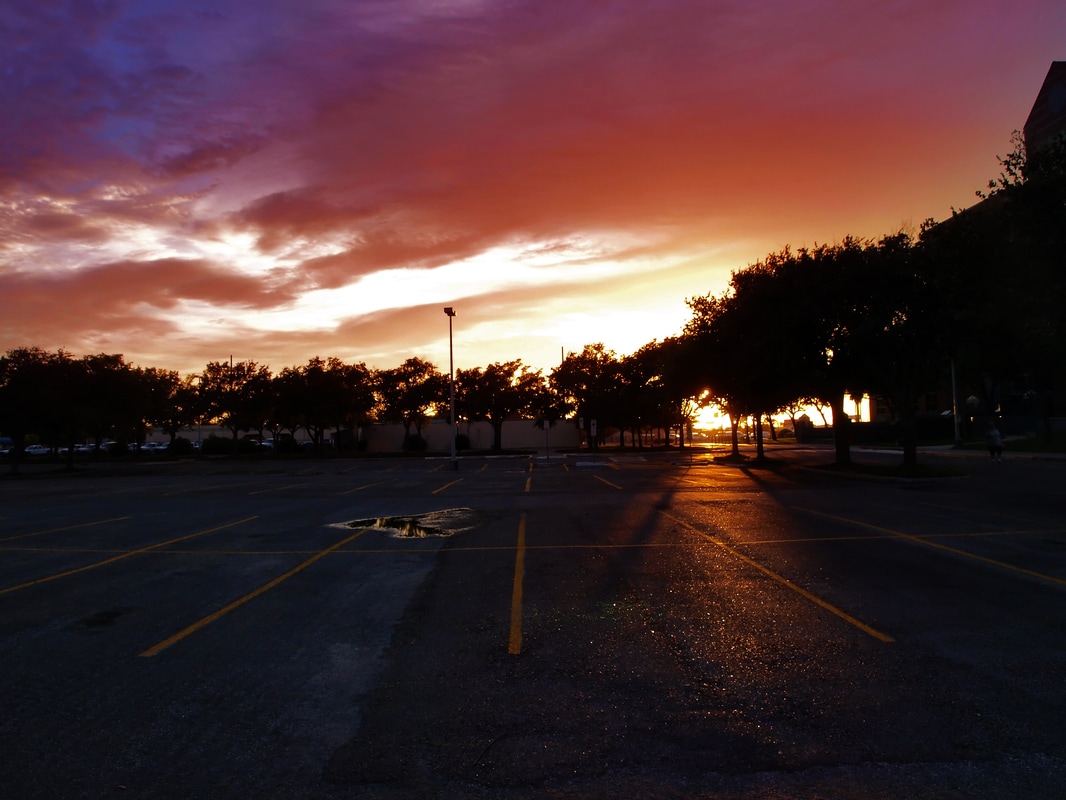
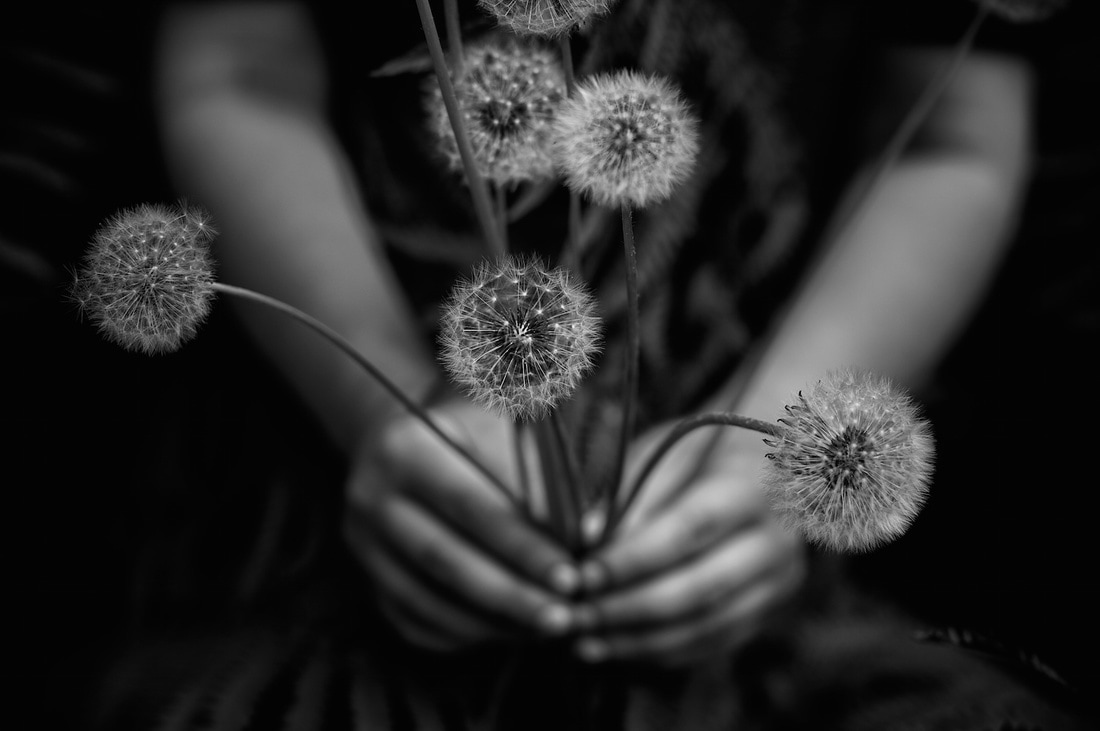
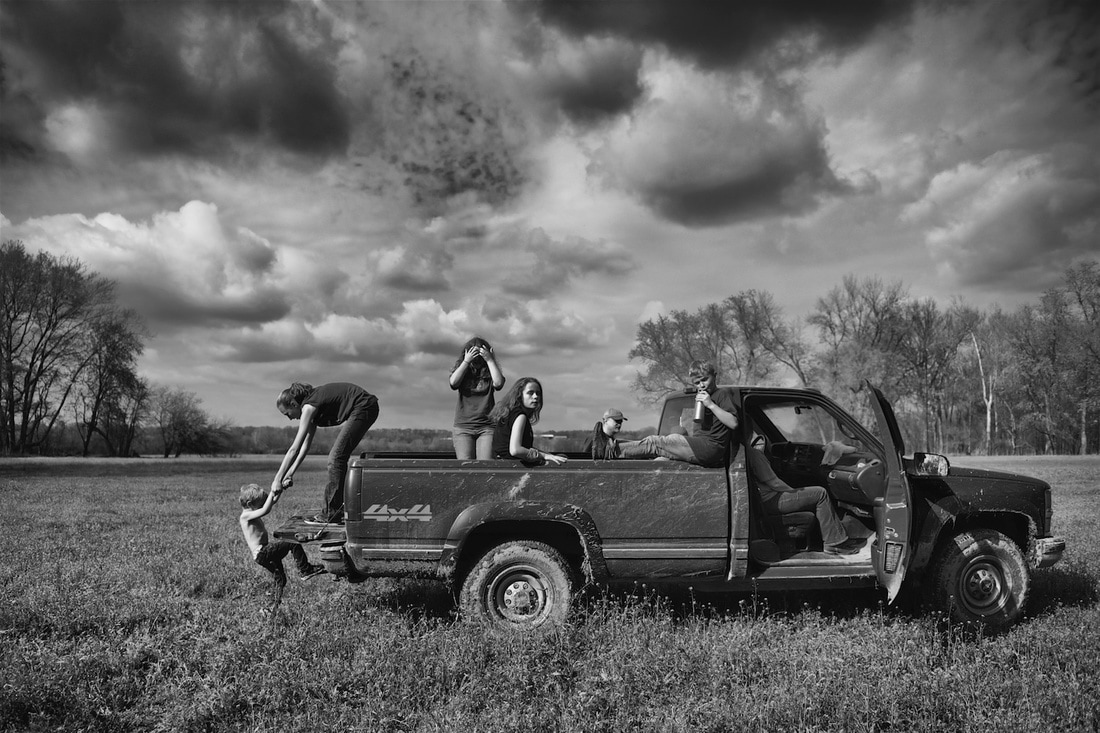
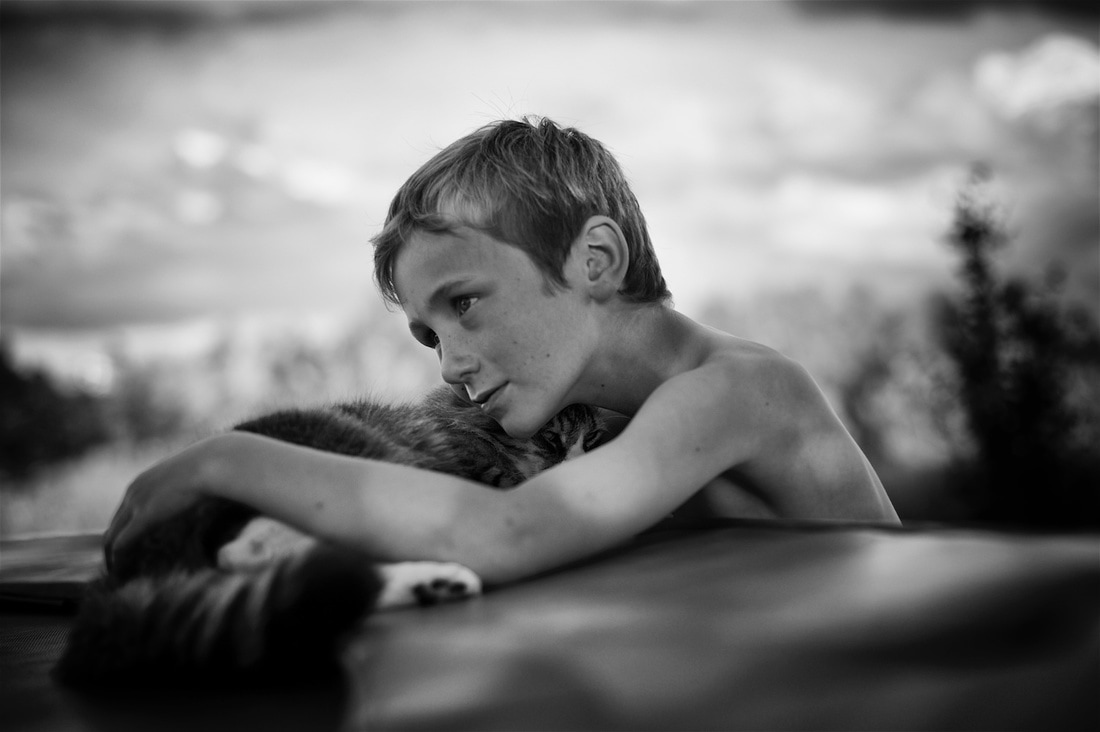

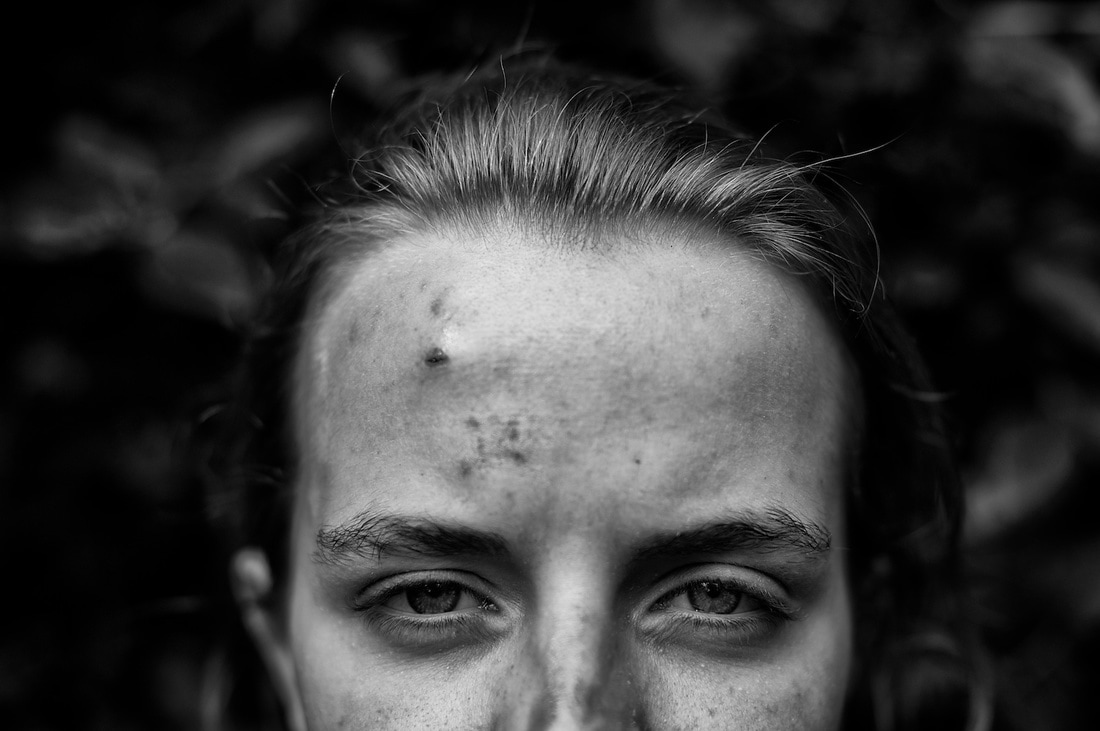
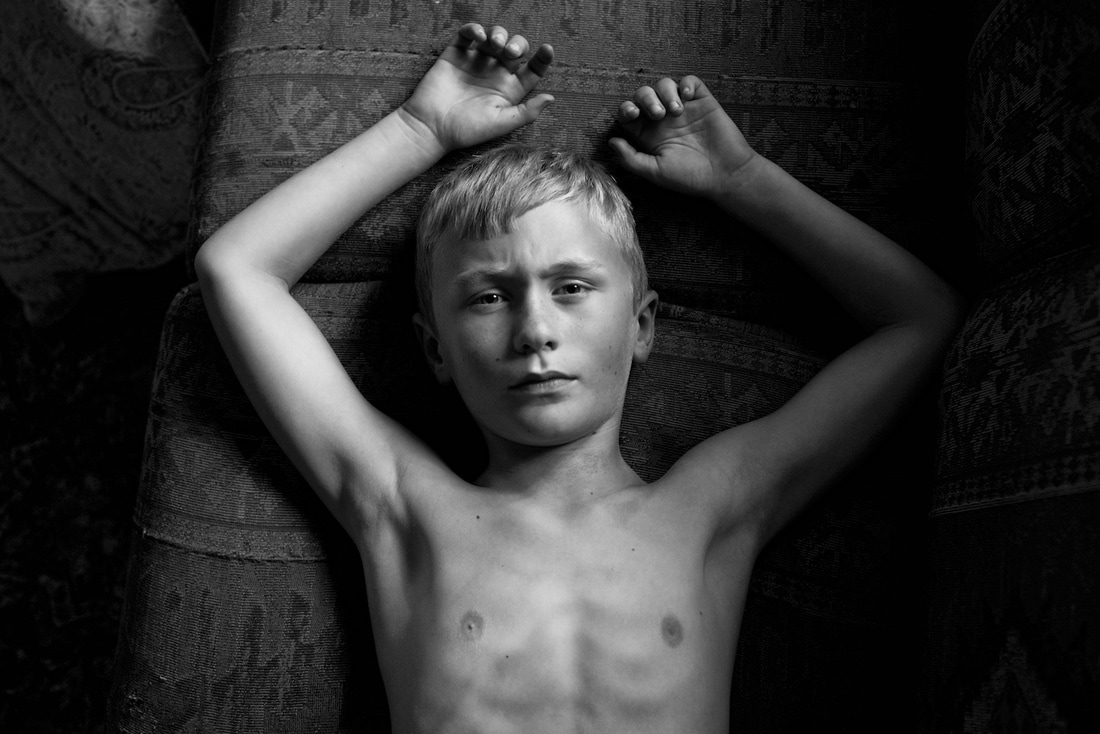


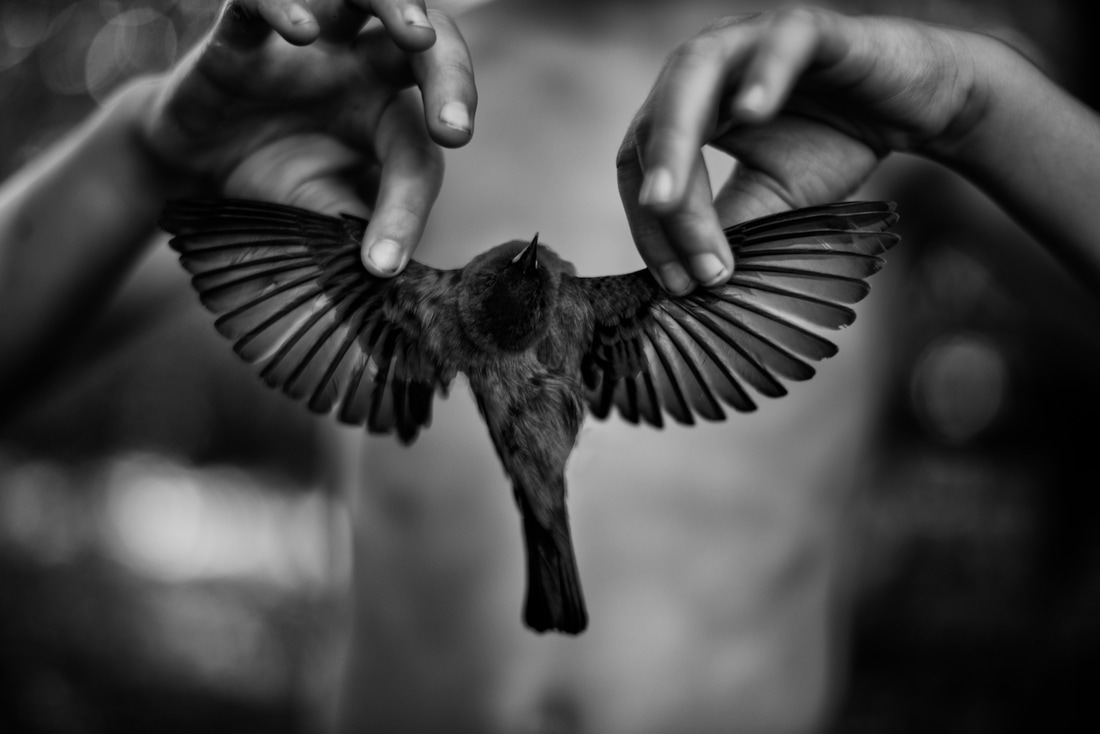
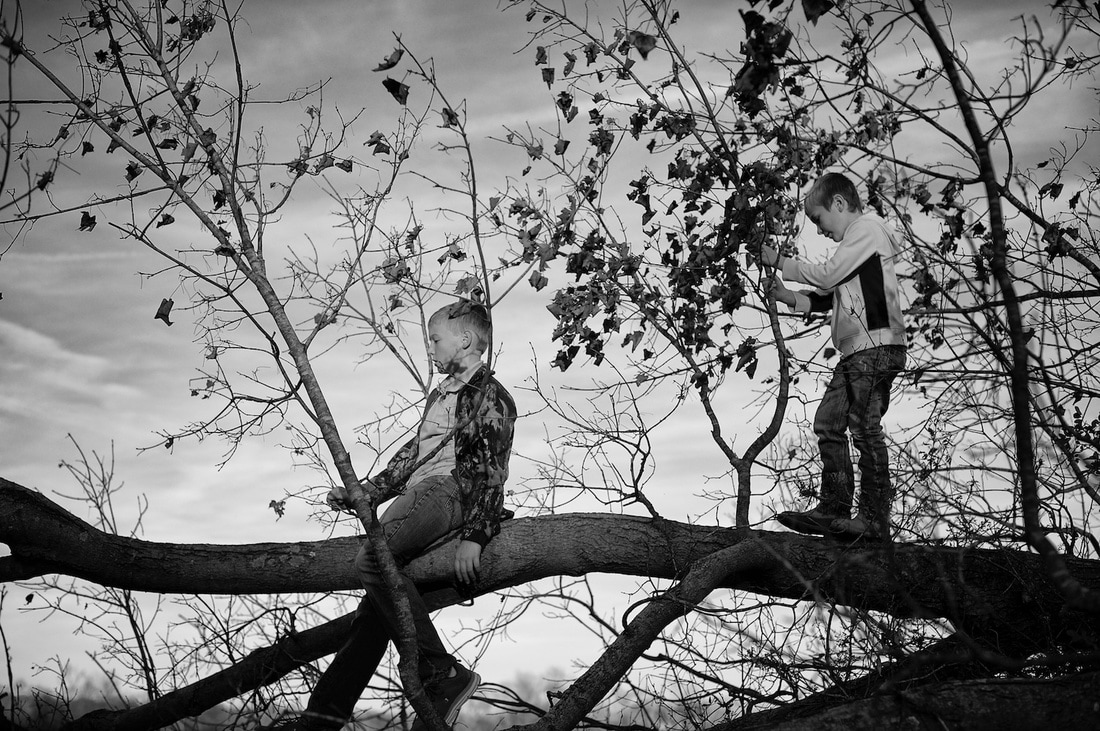
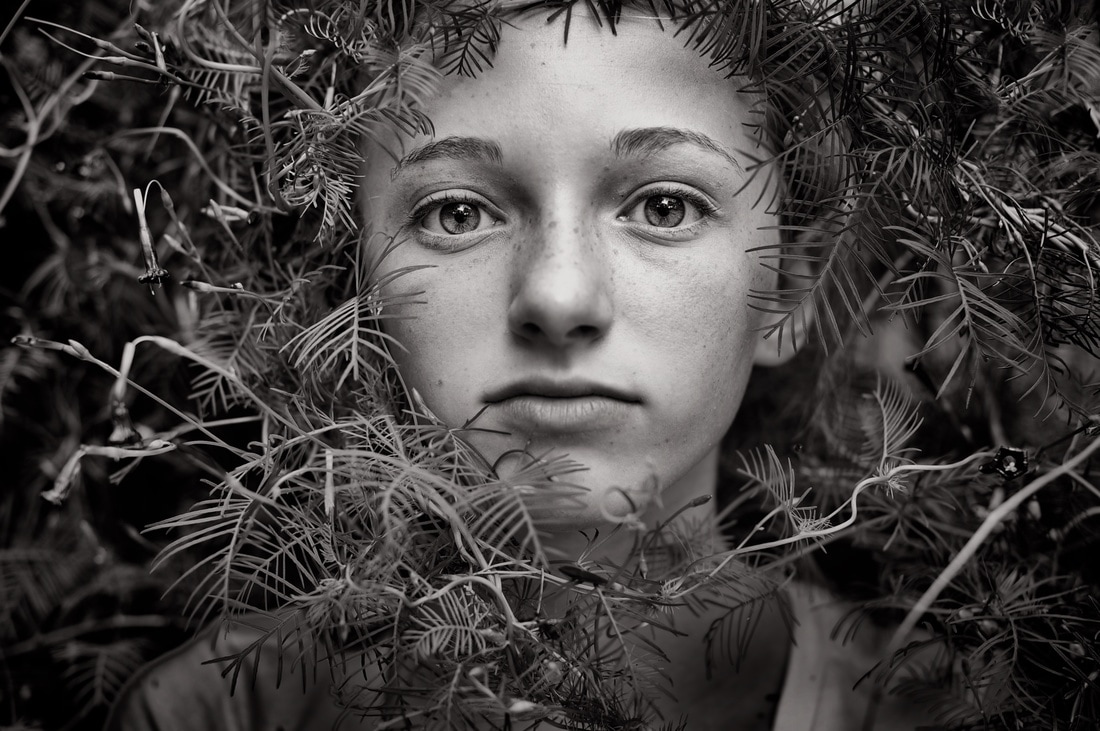
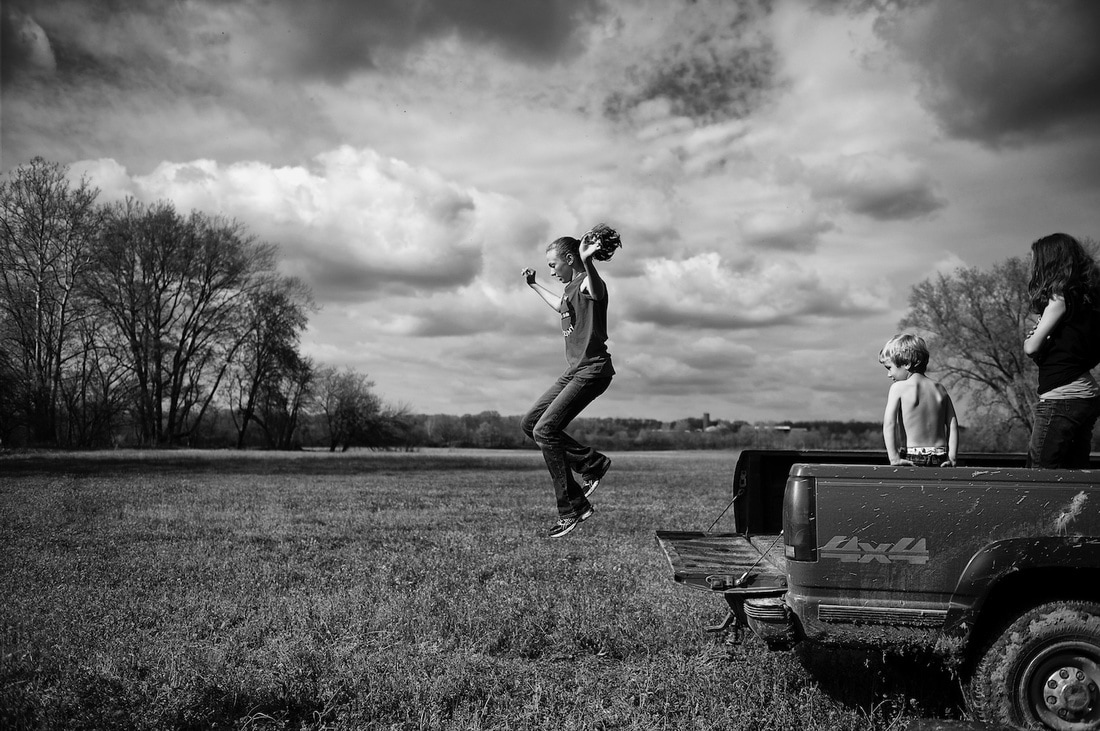
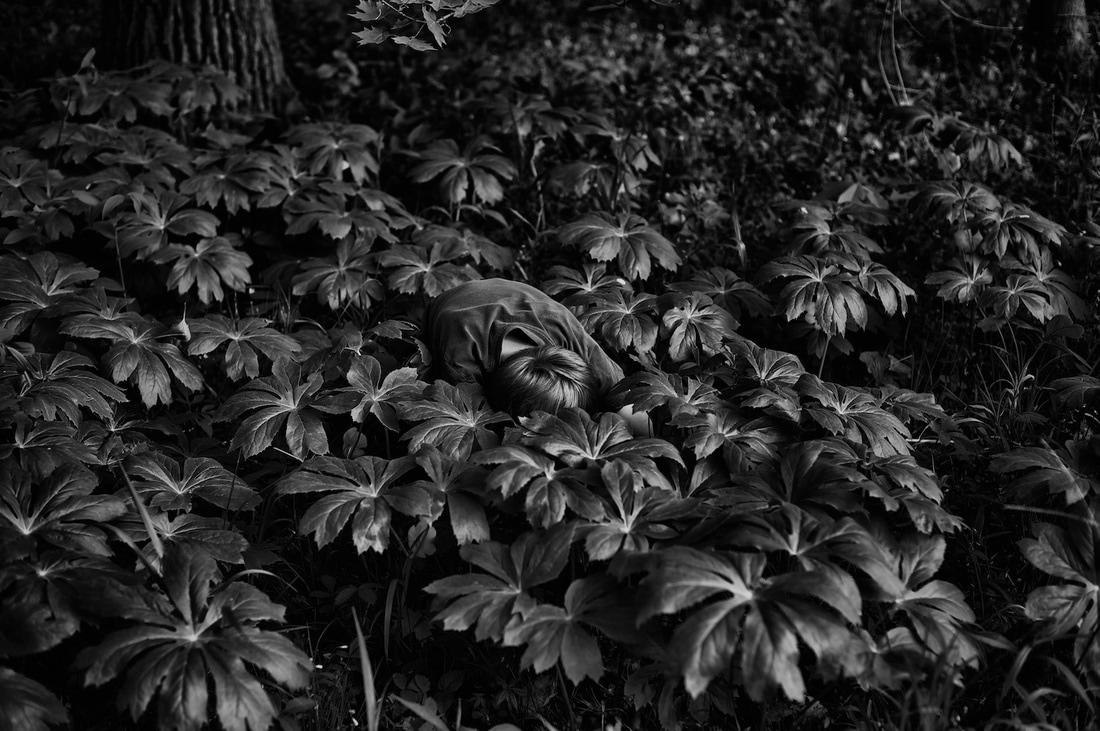
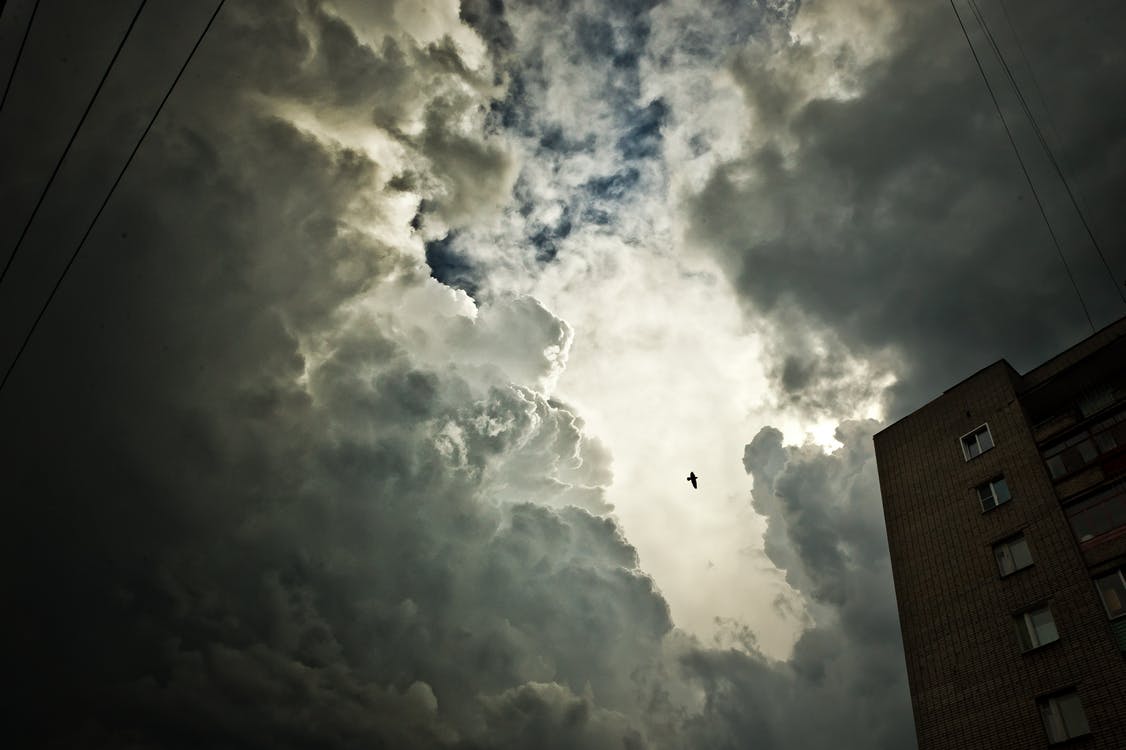
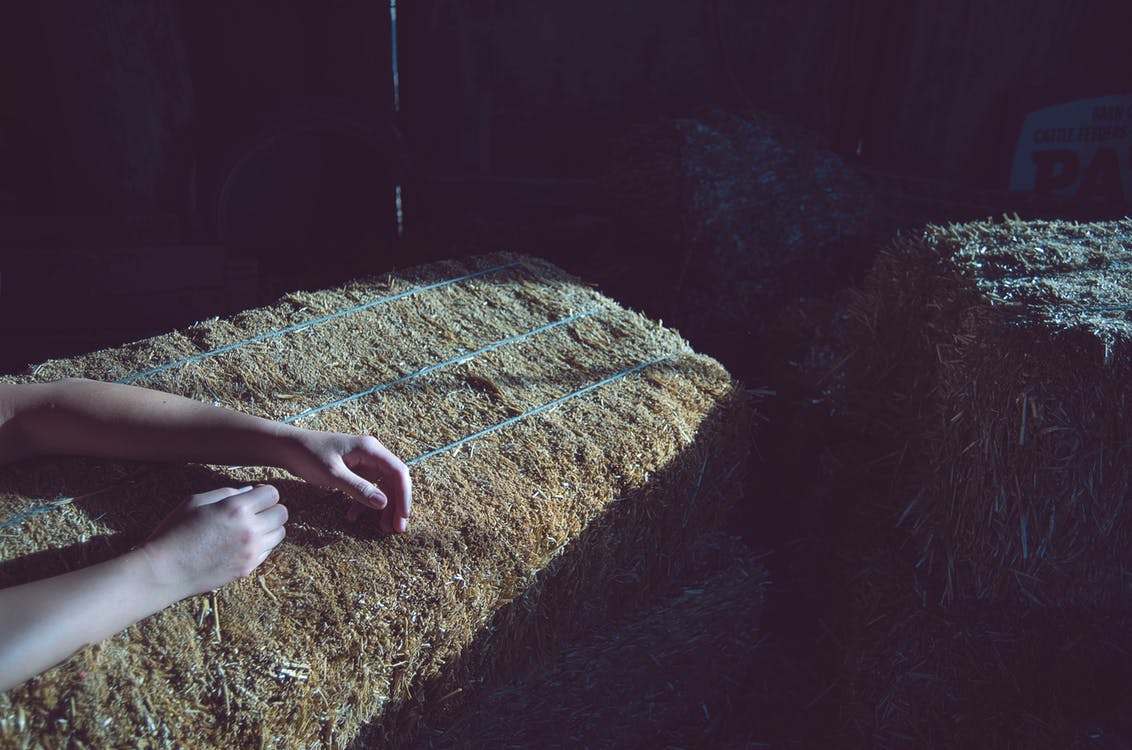
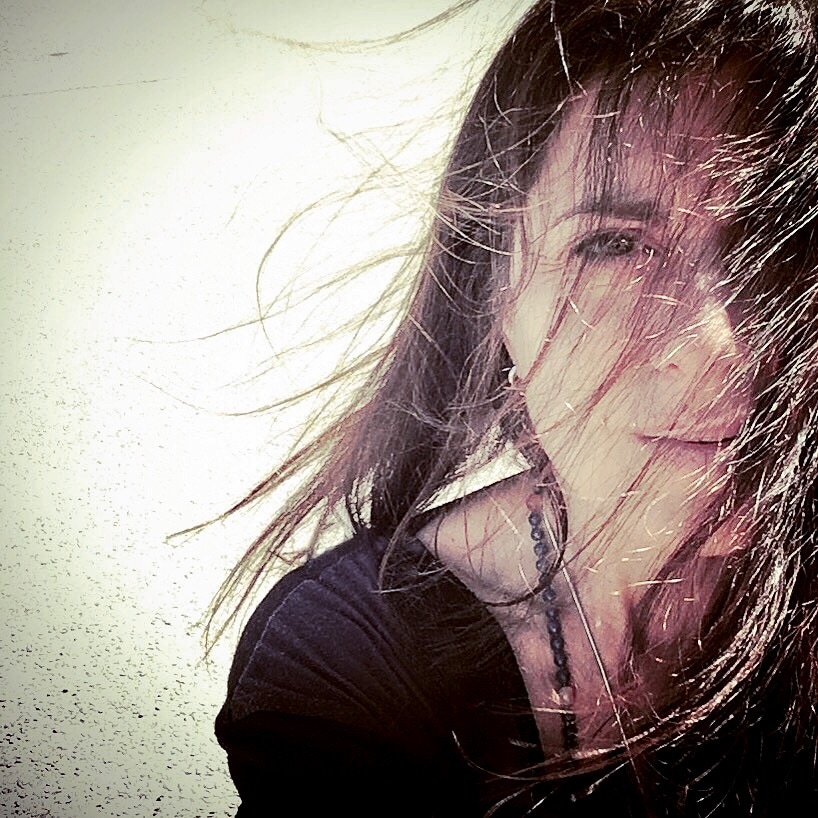

 RSS Feed
RSS Feed
